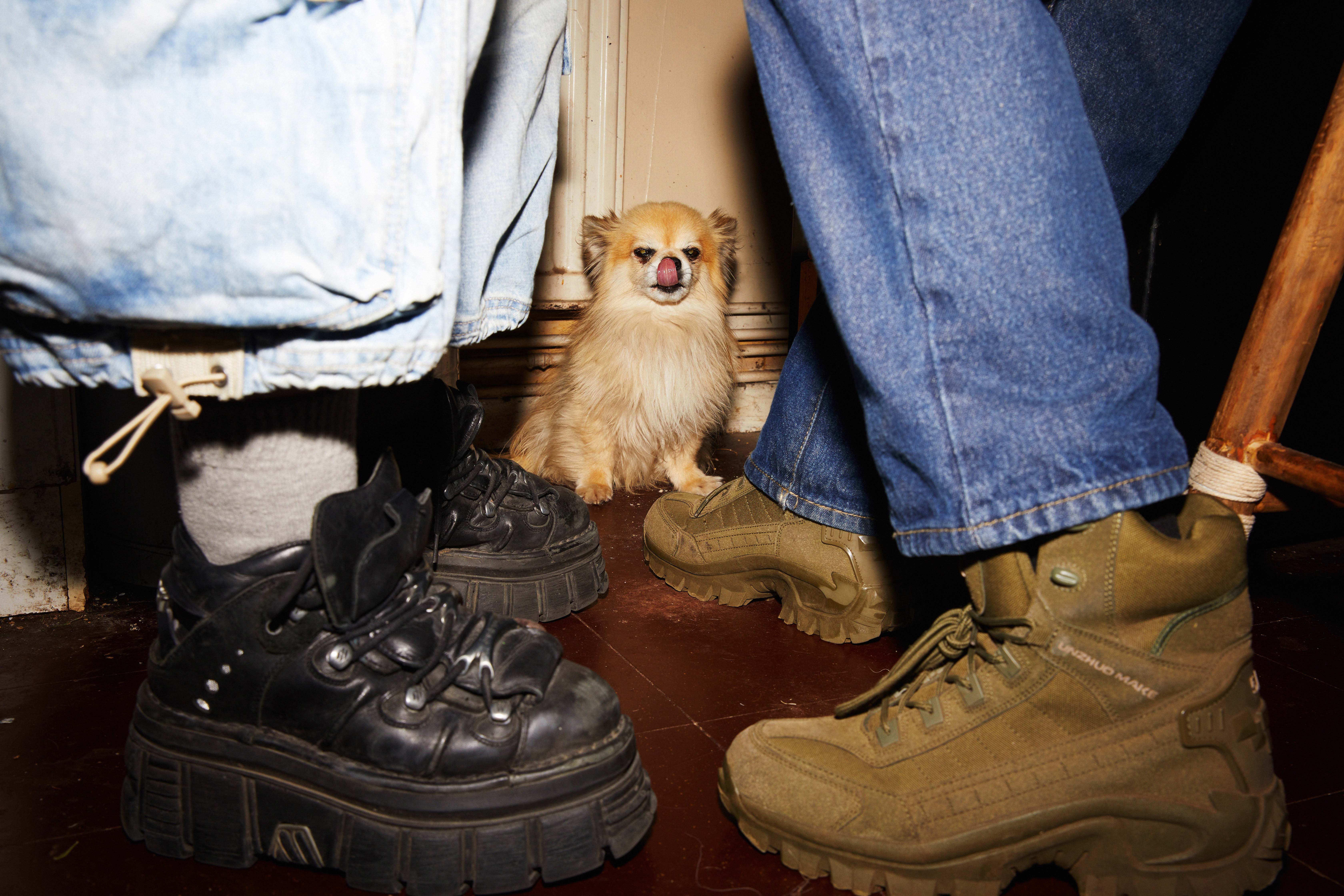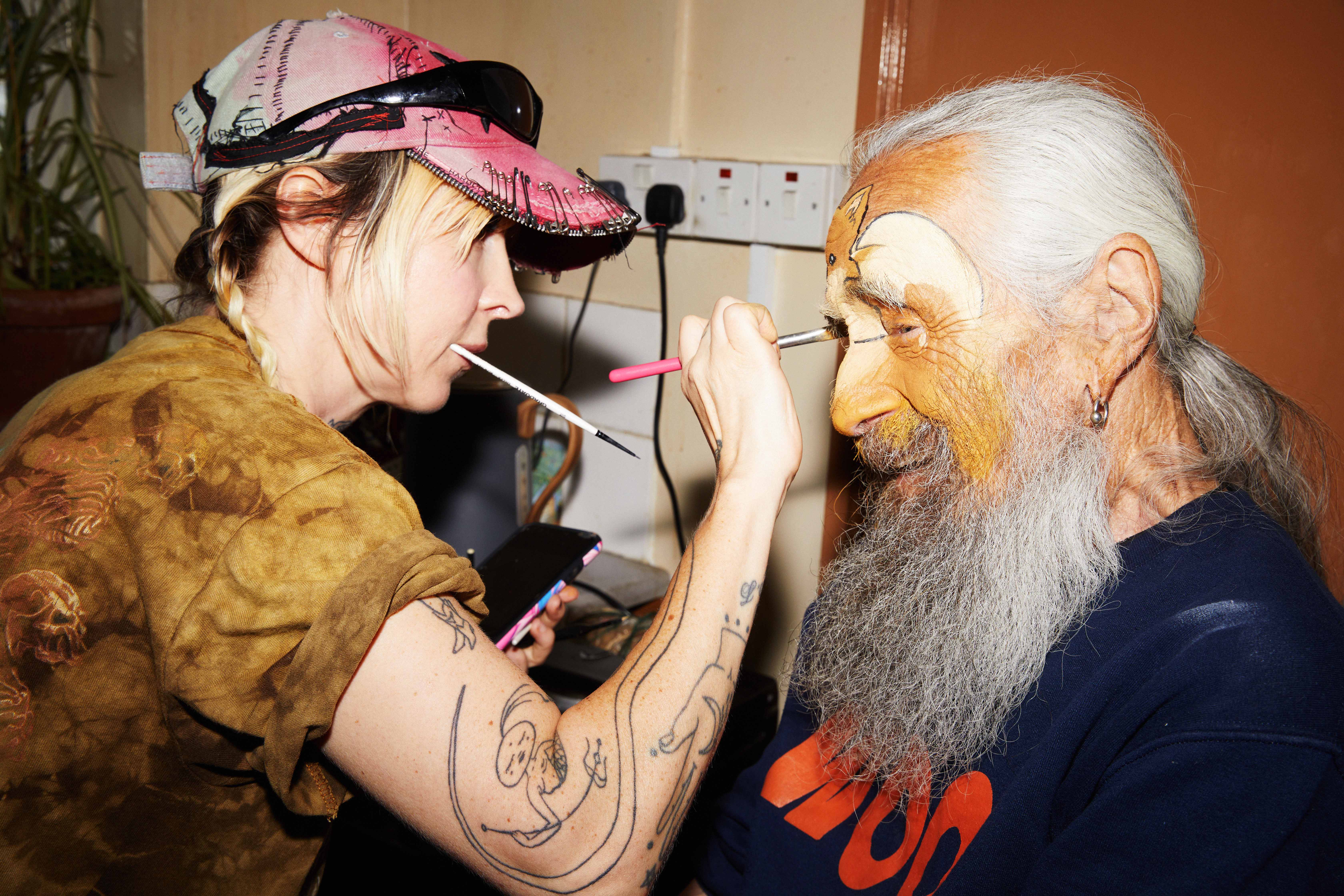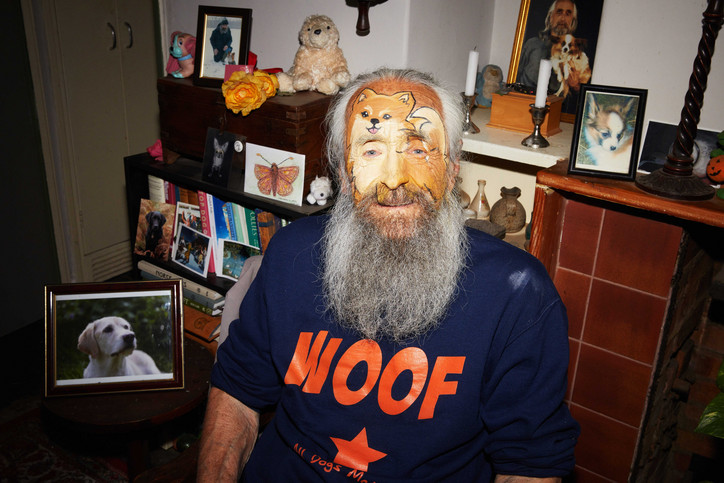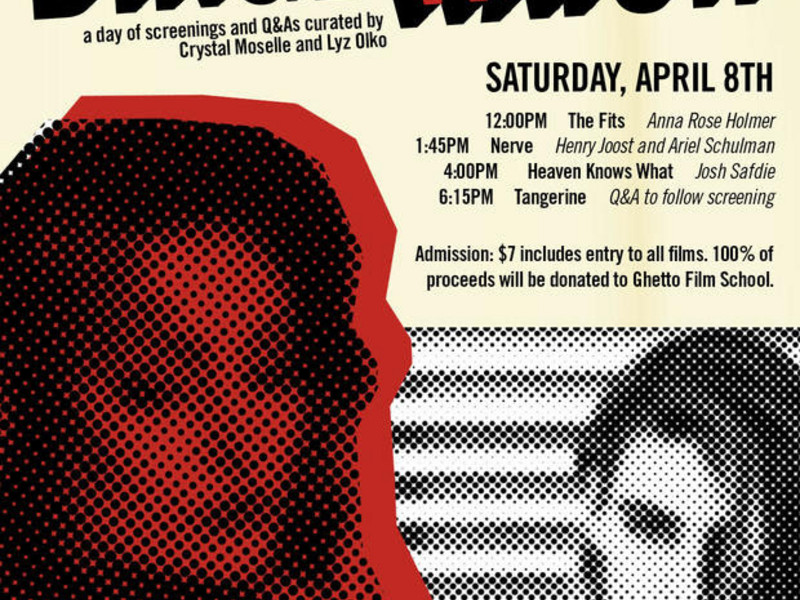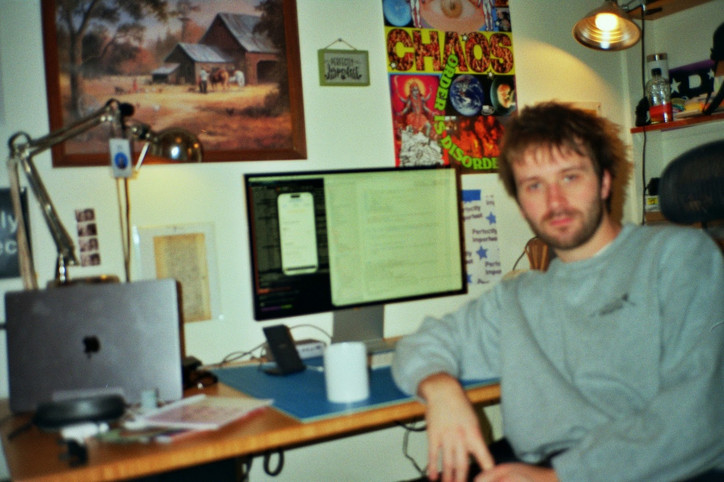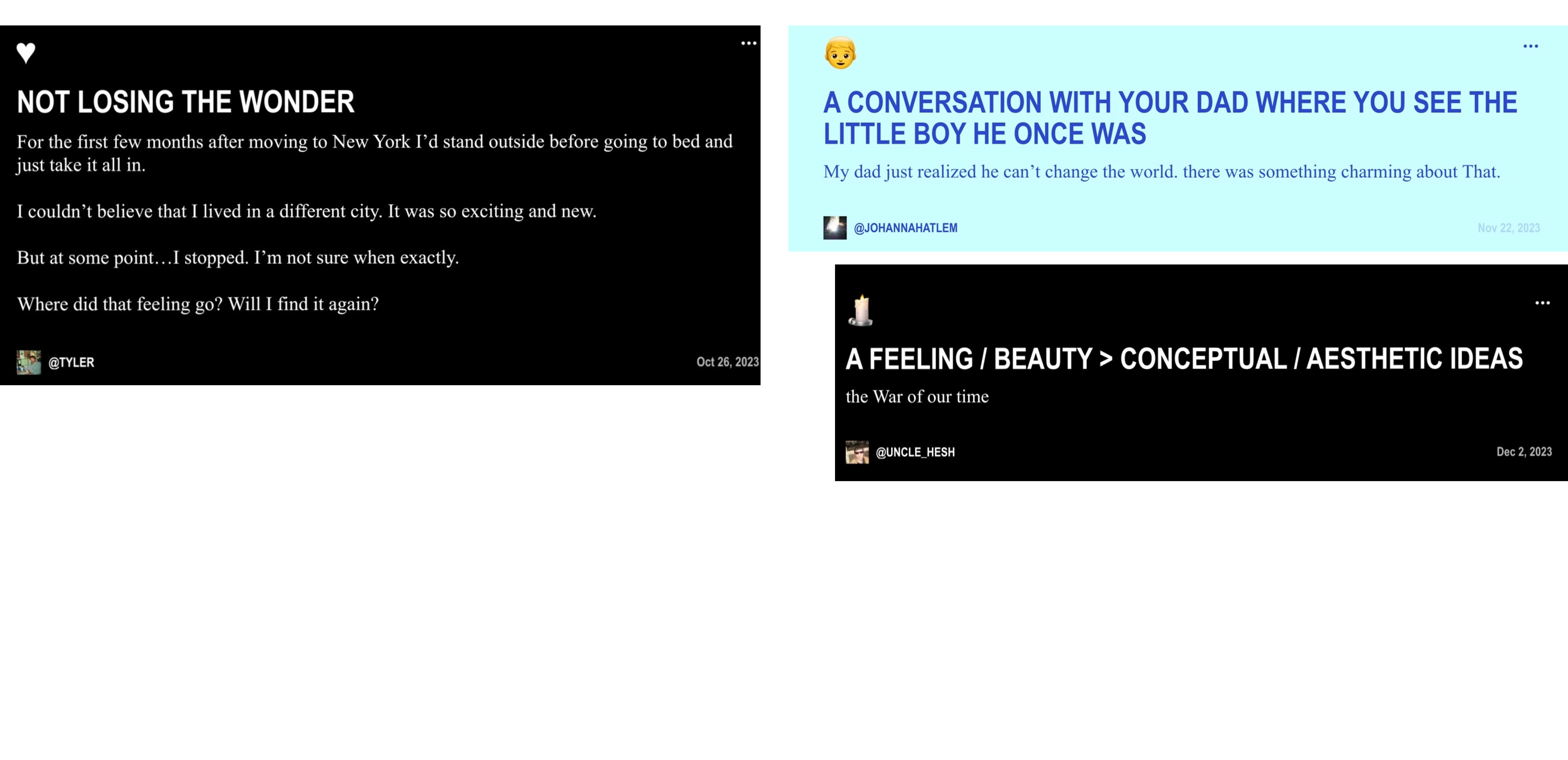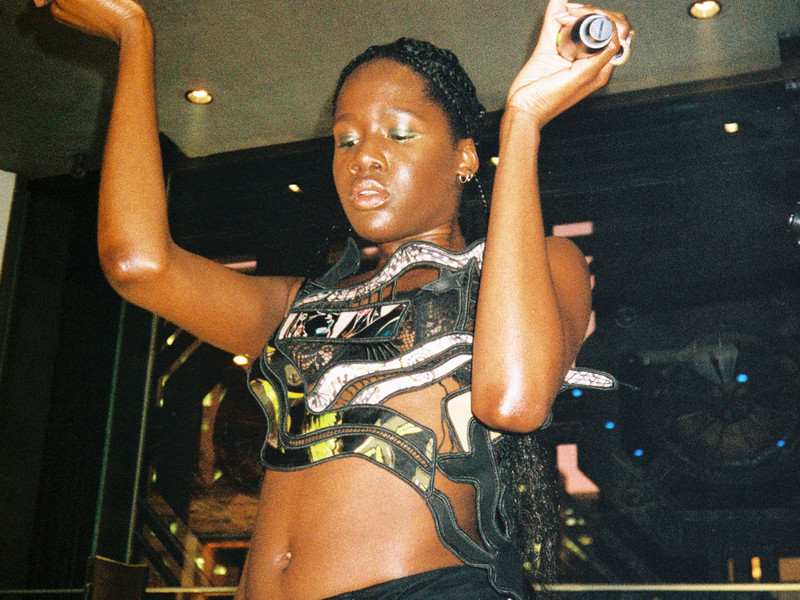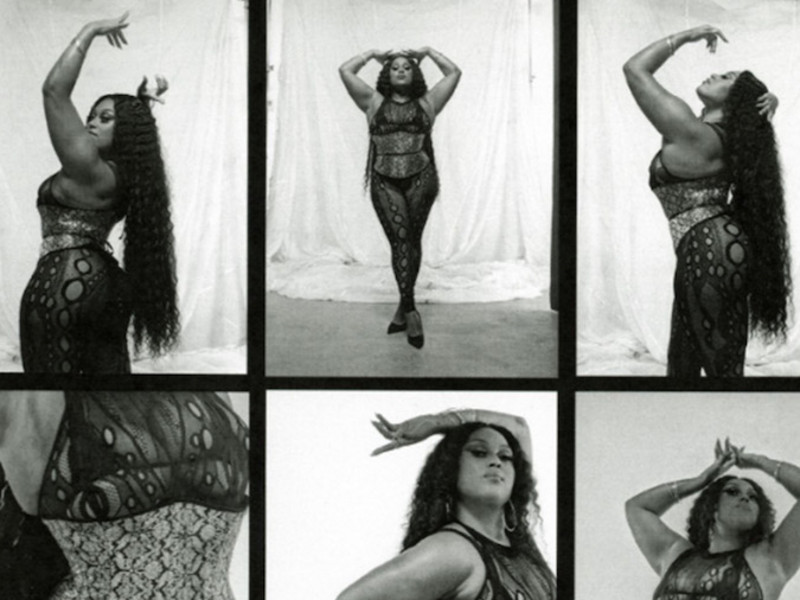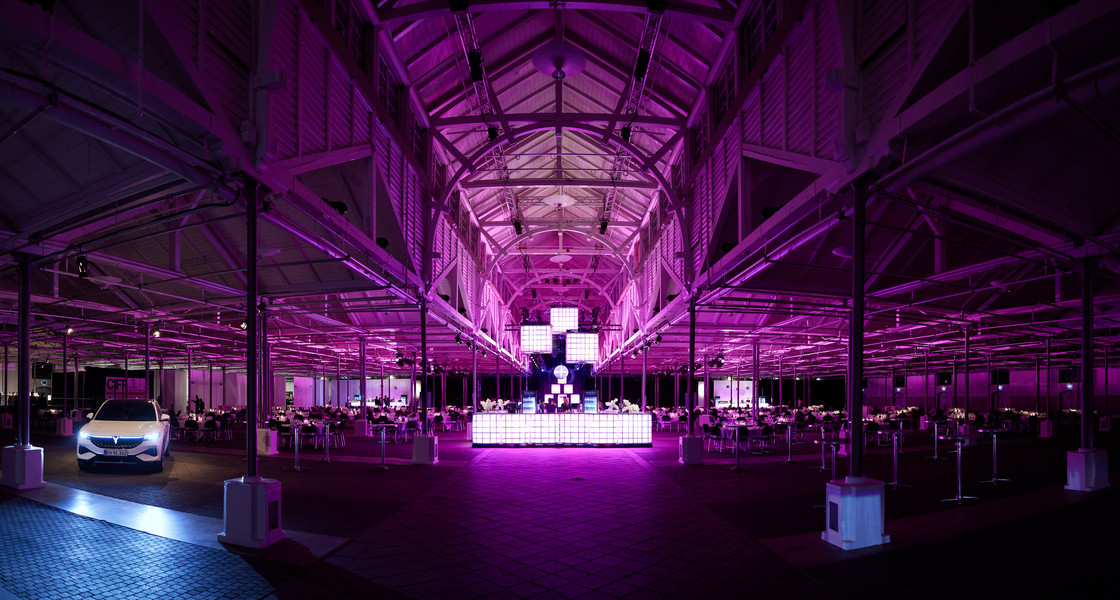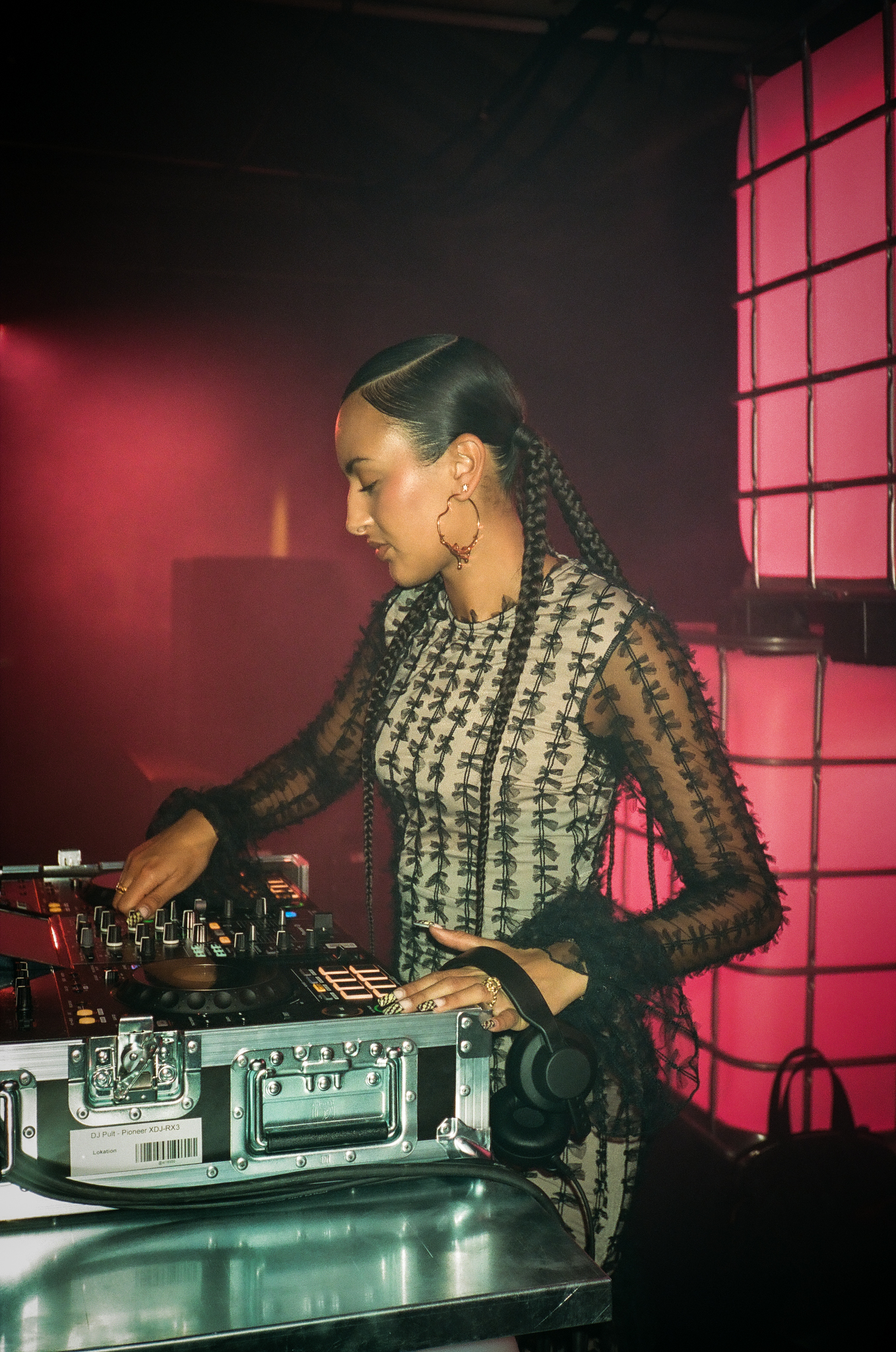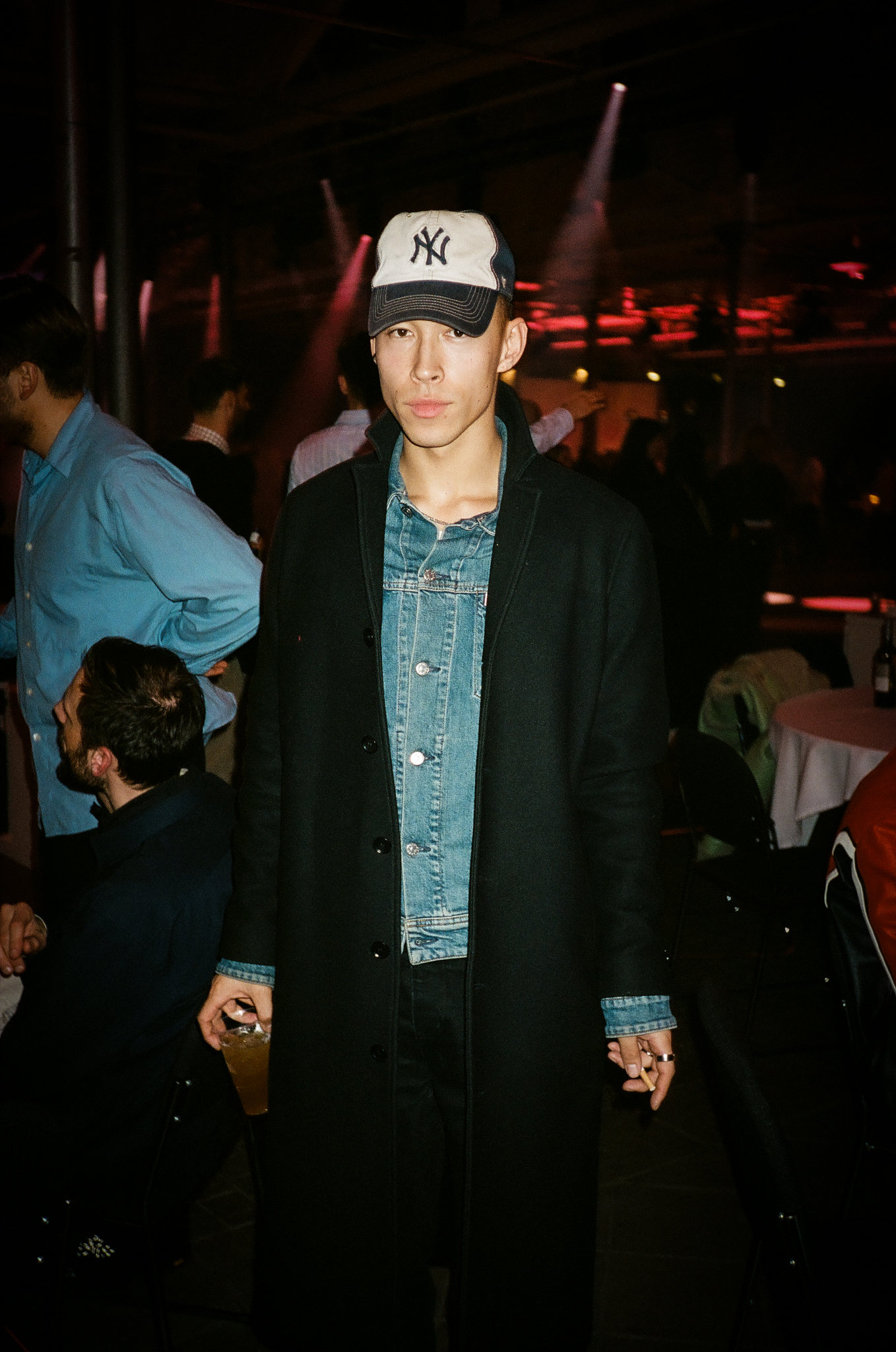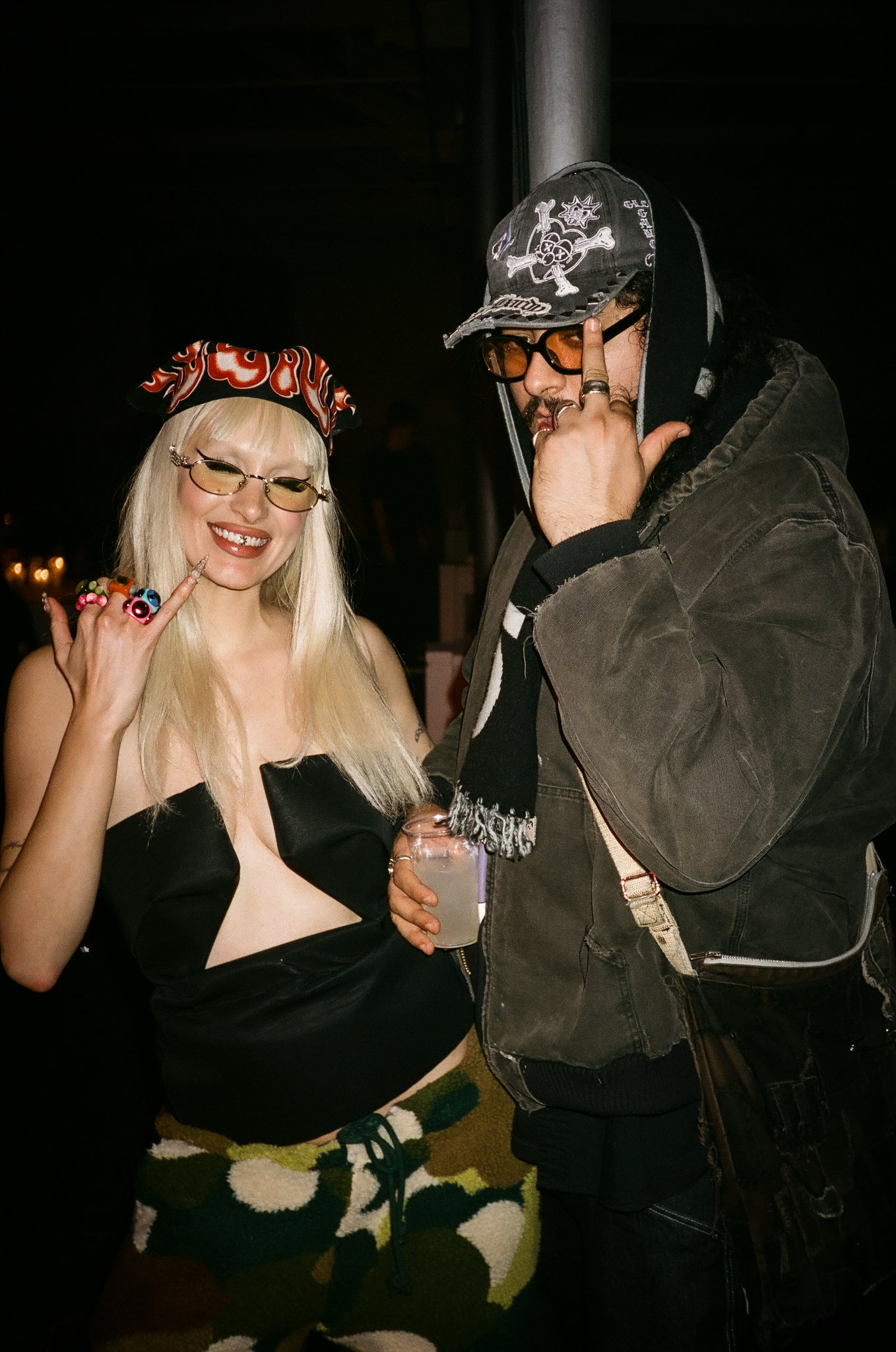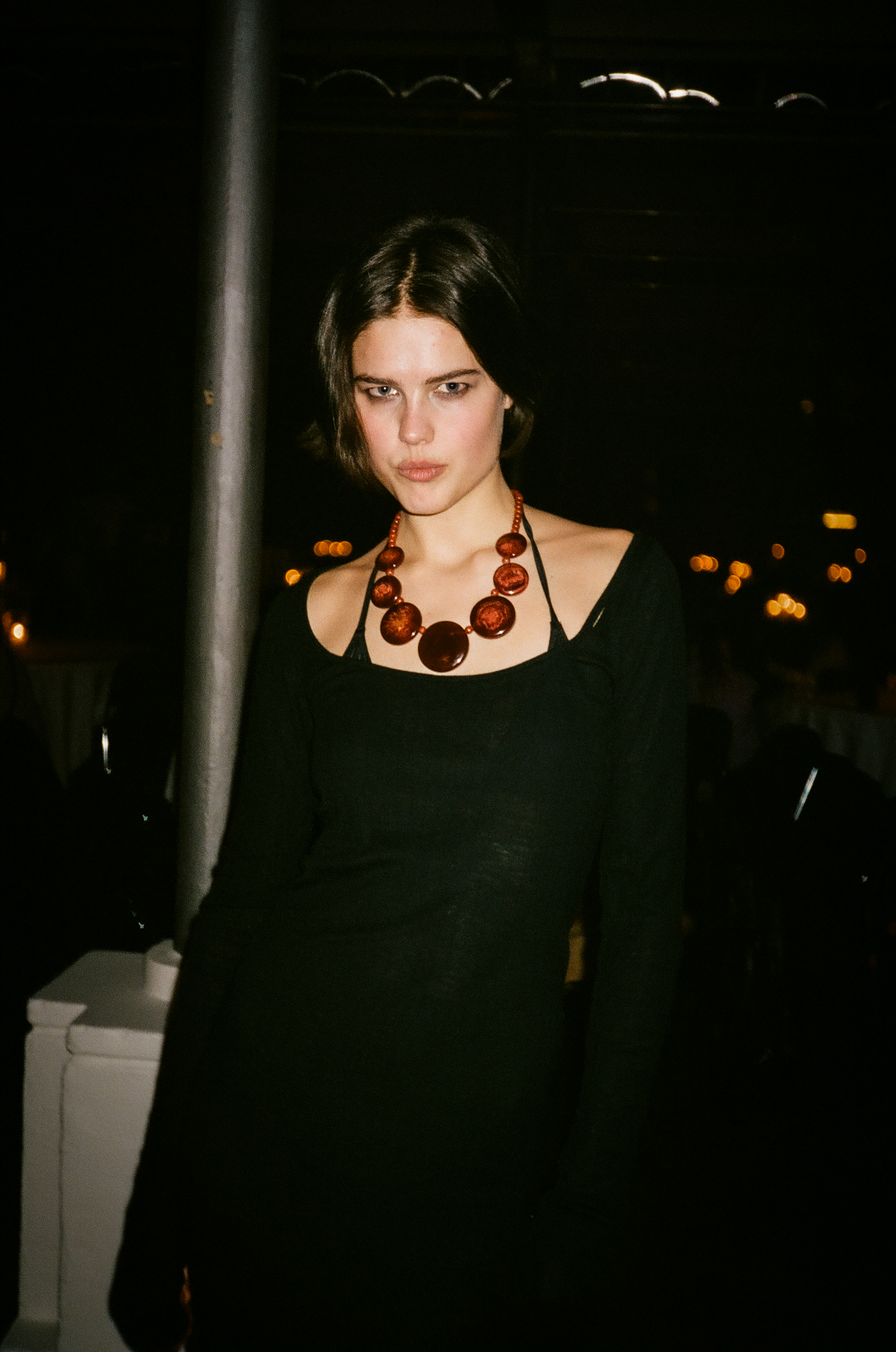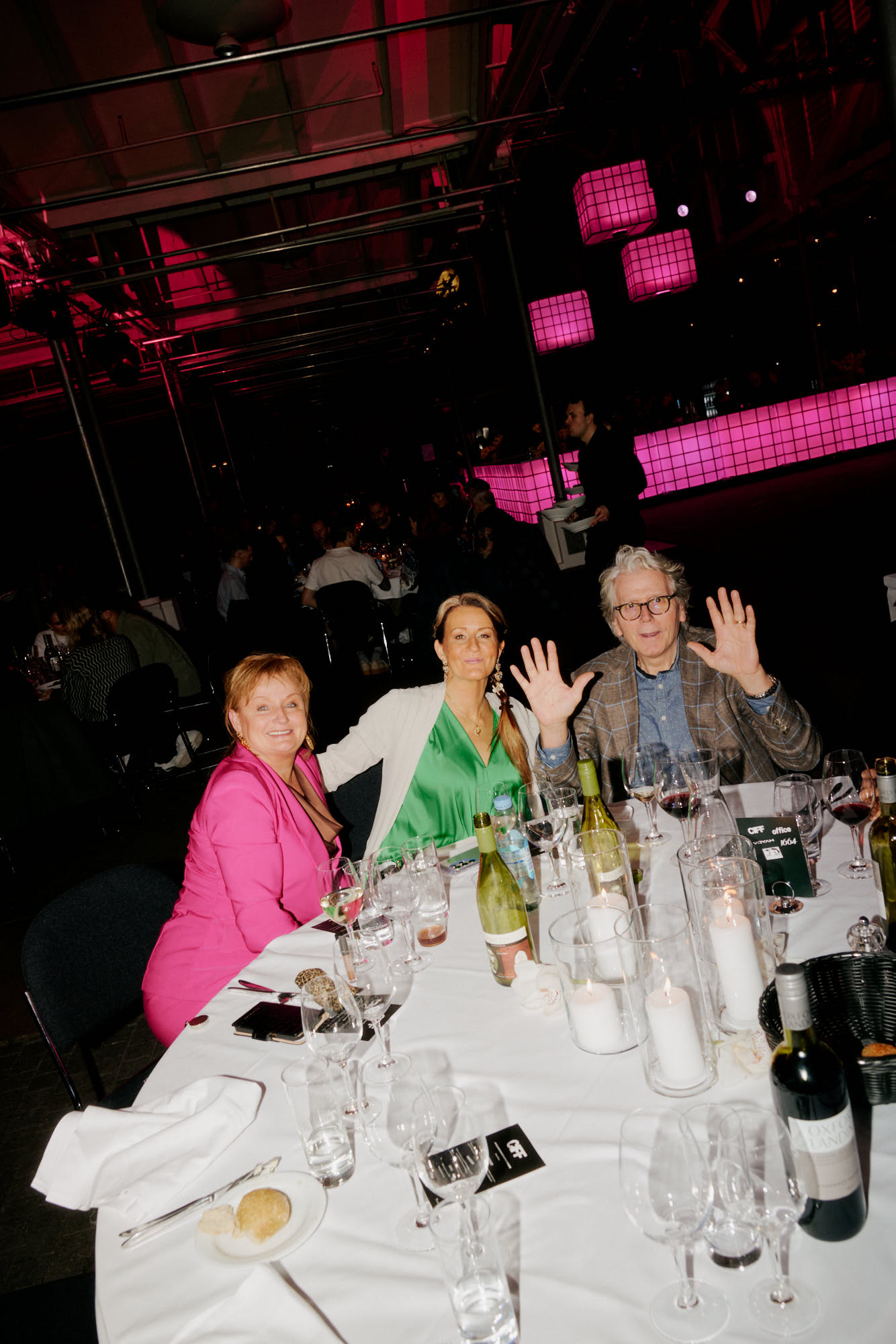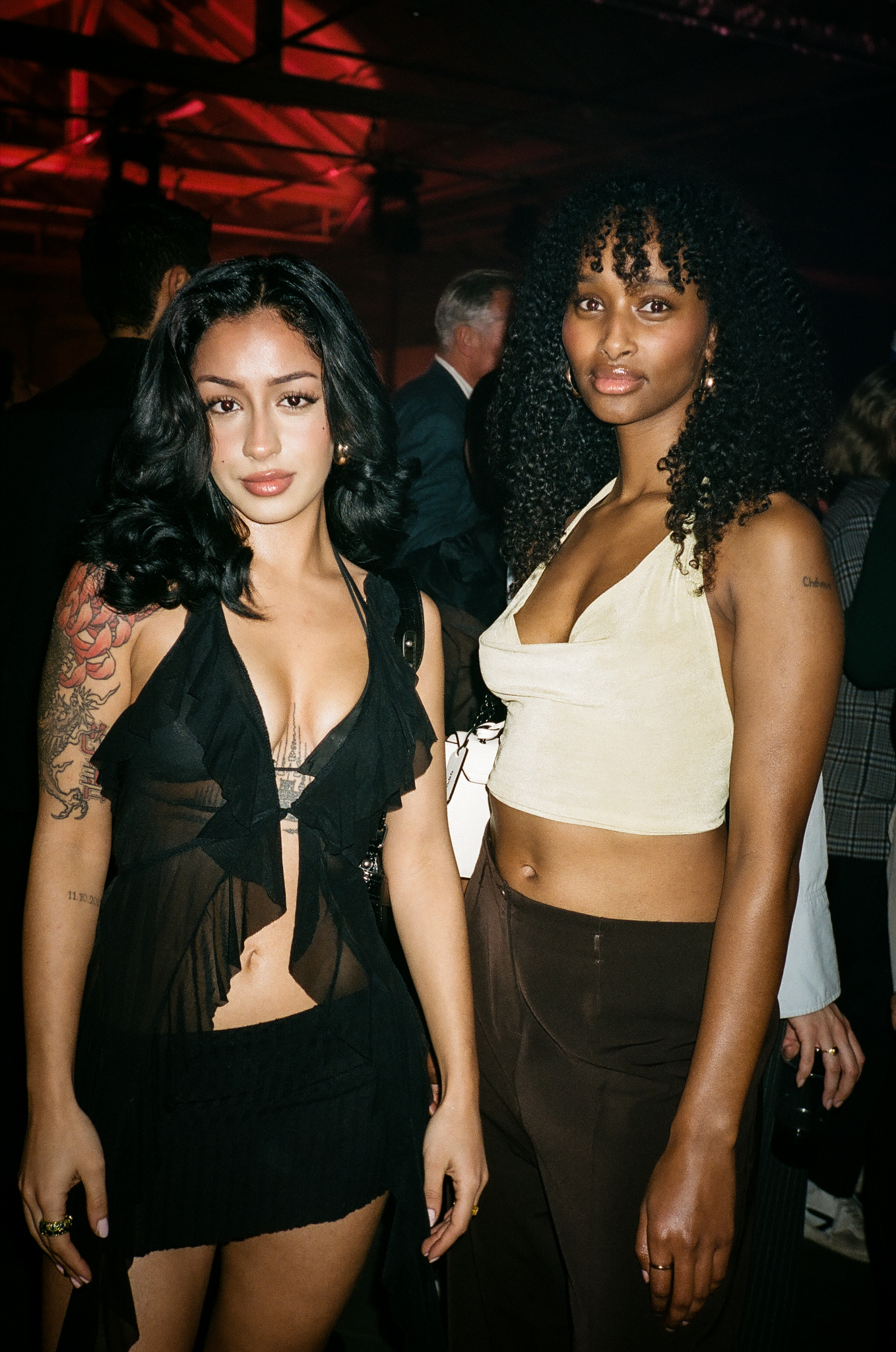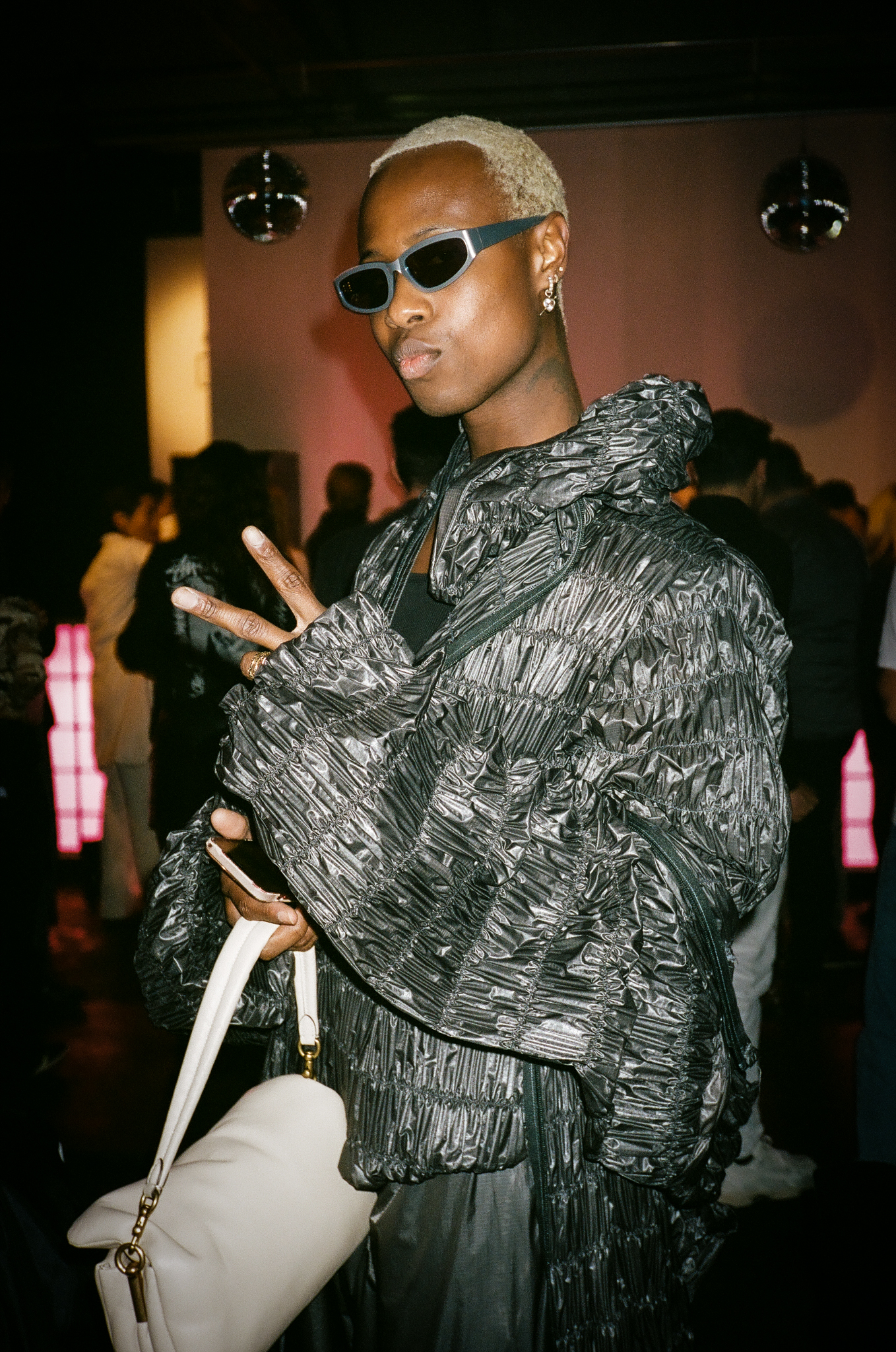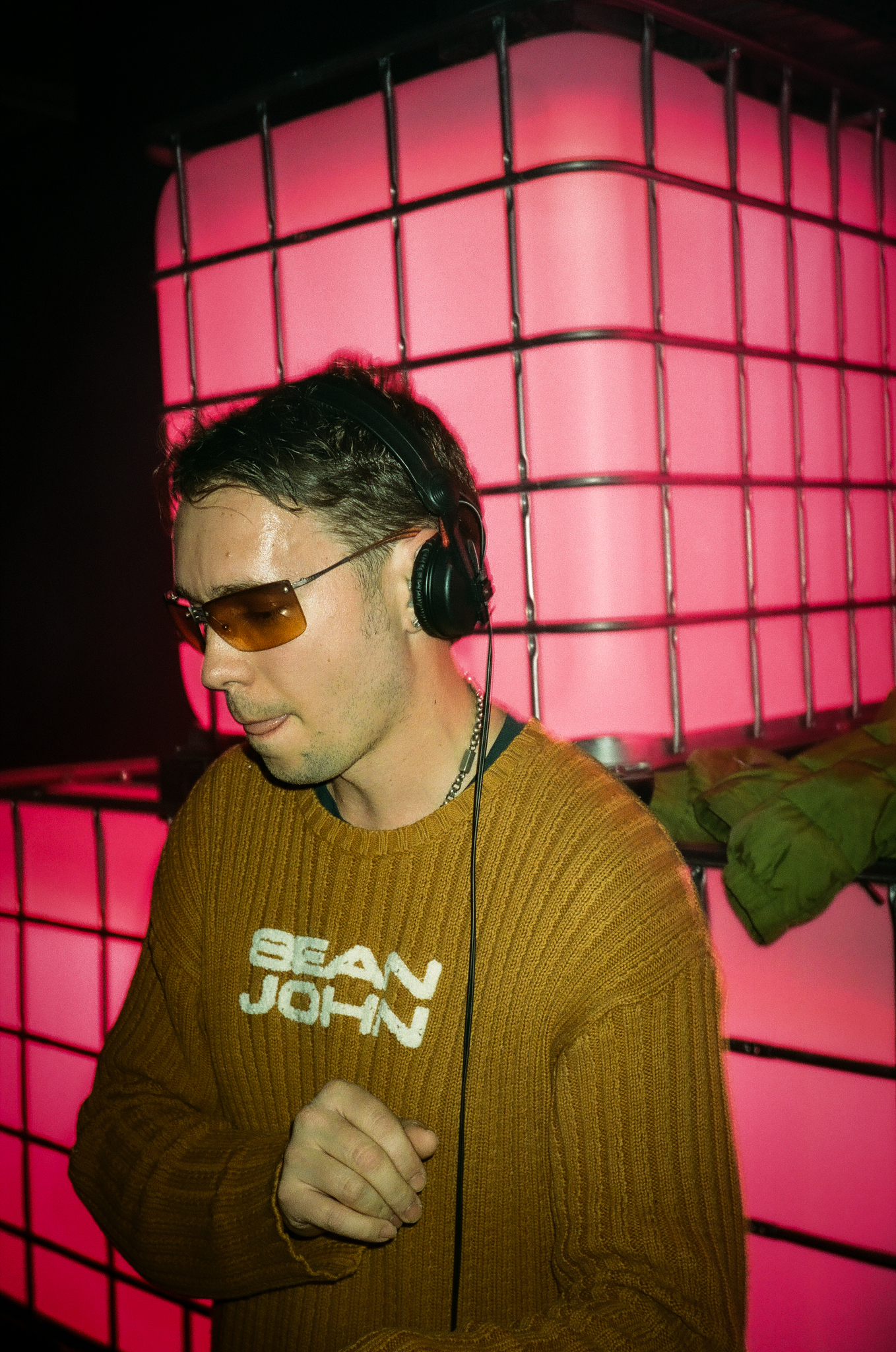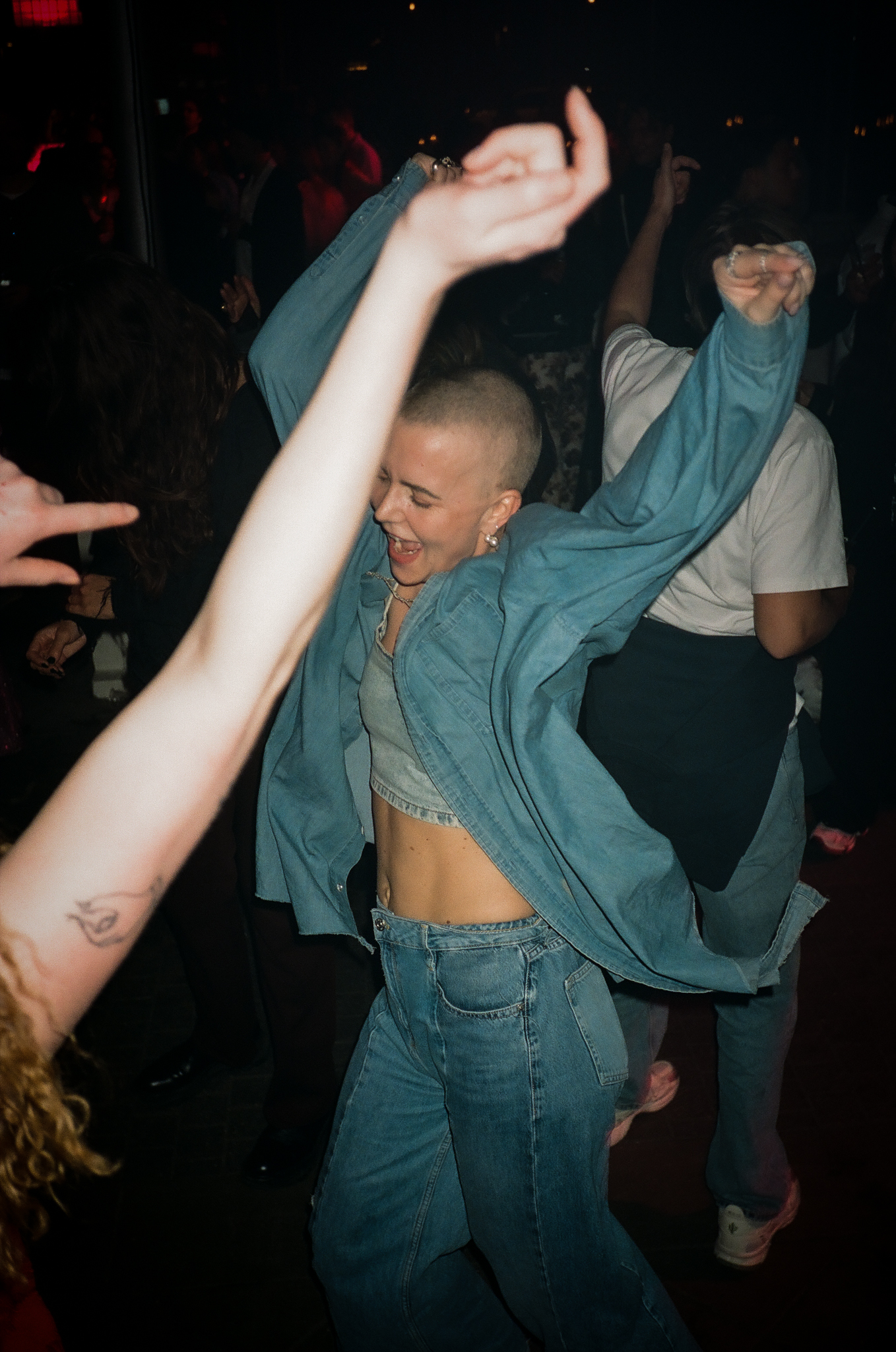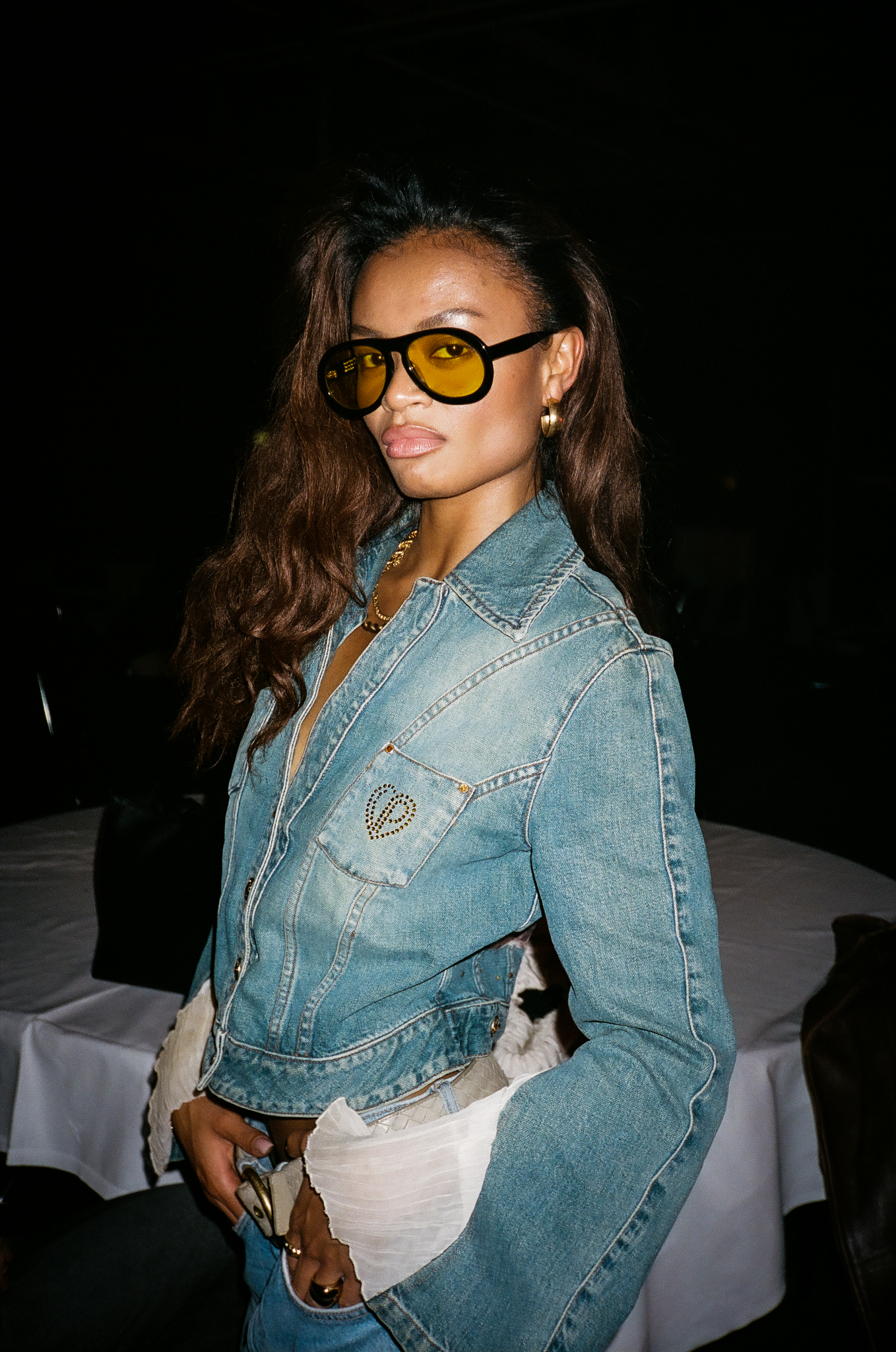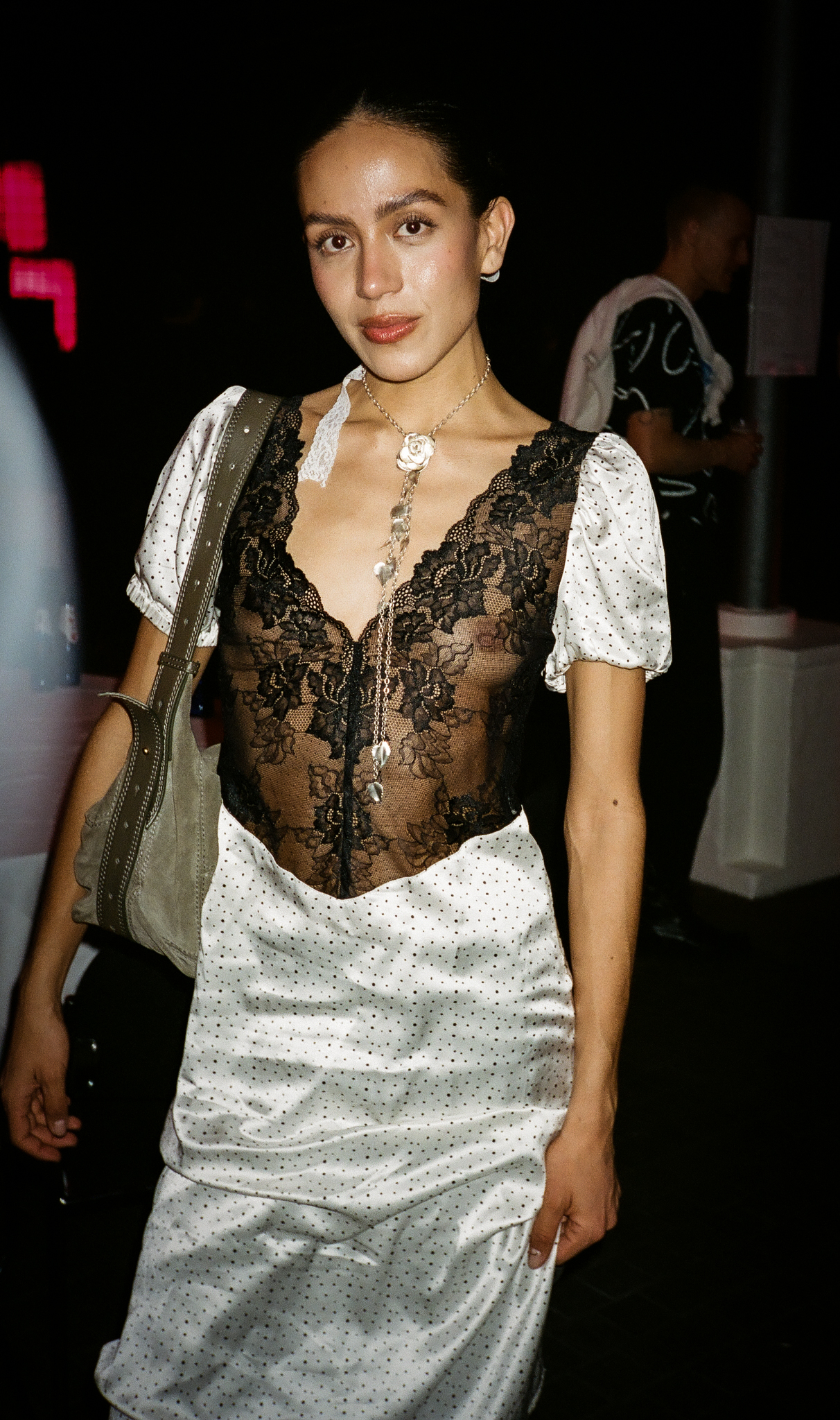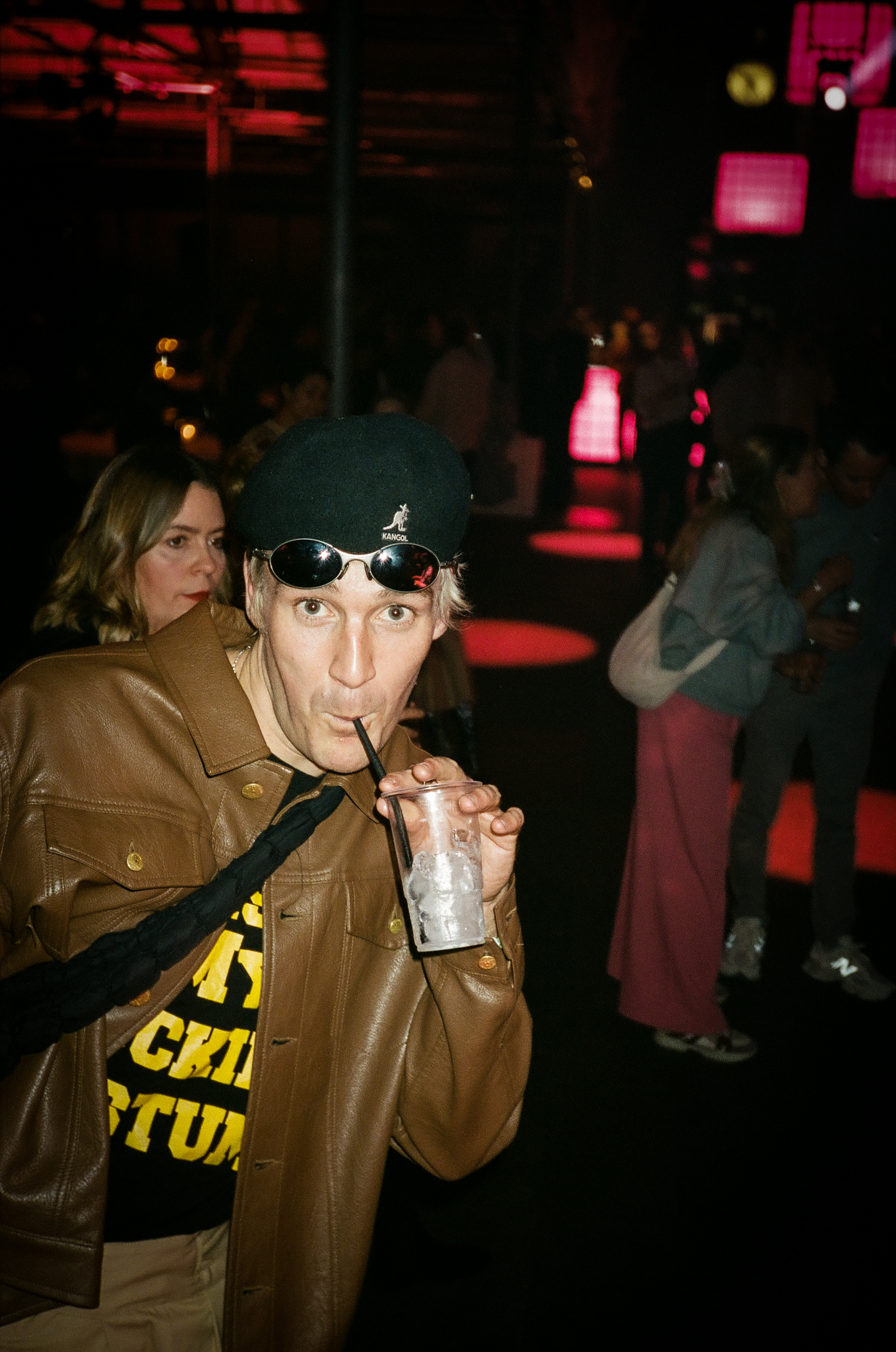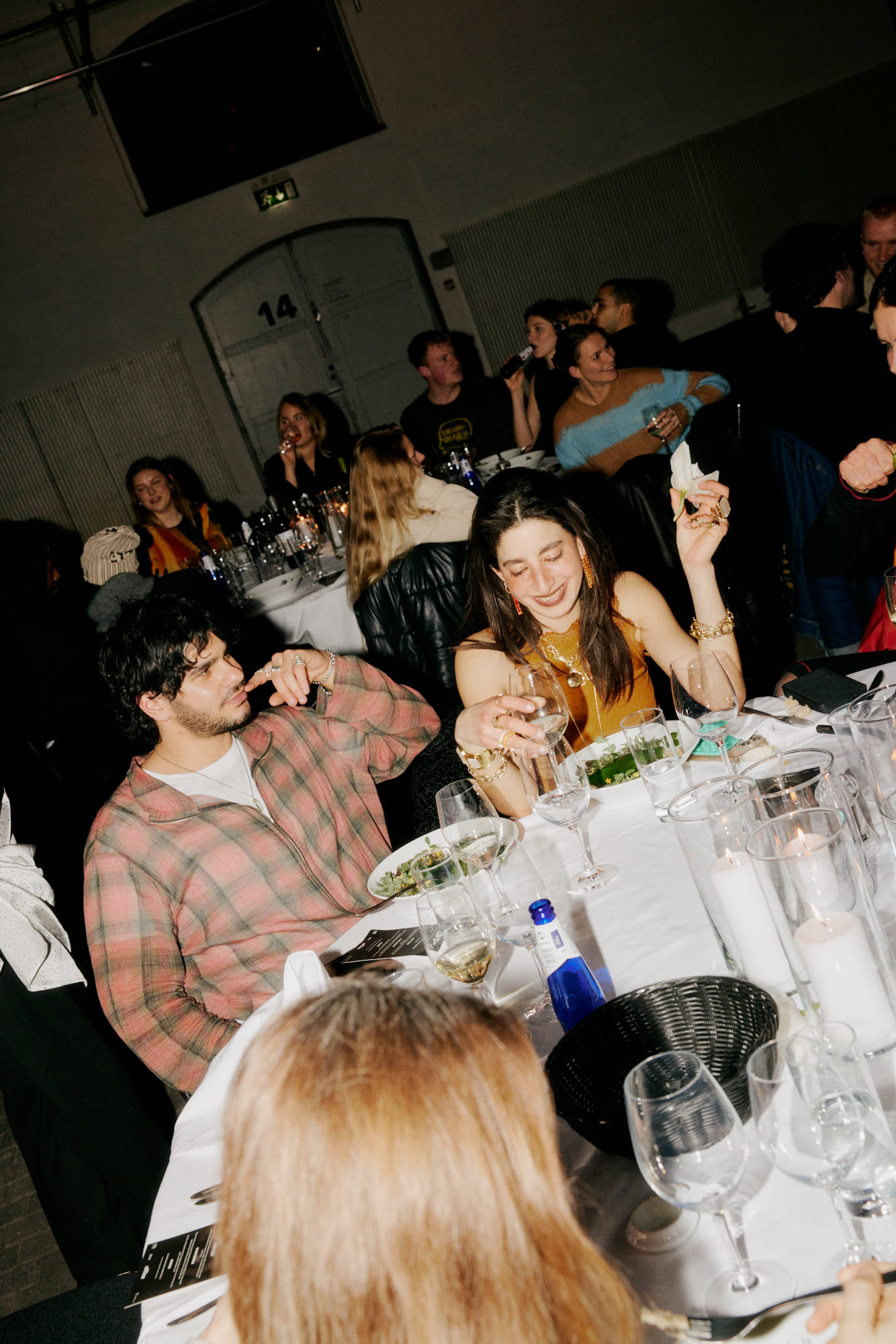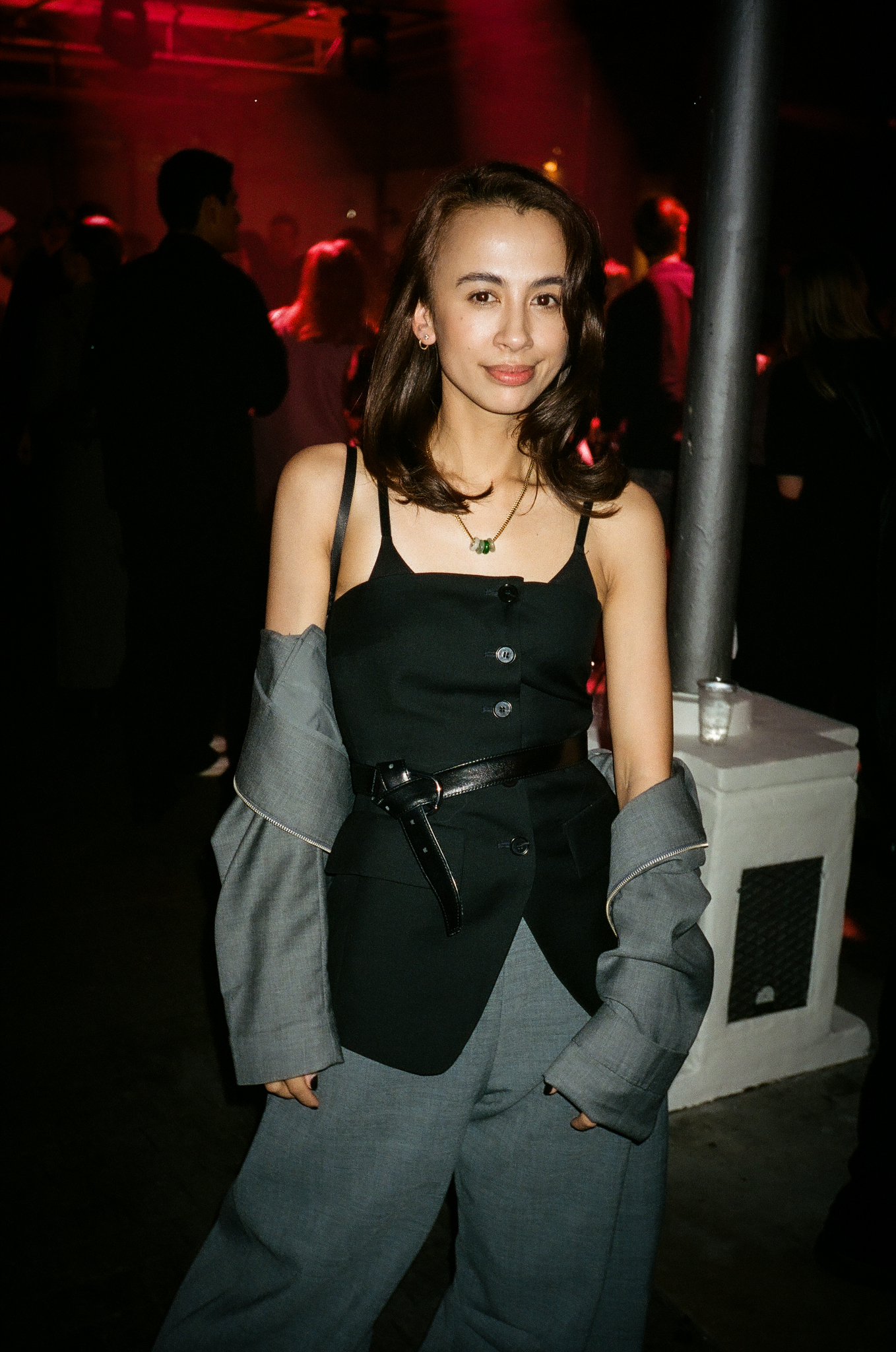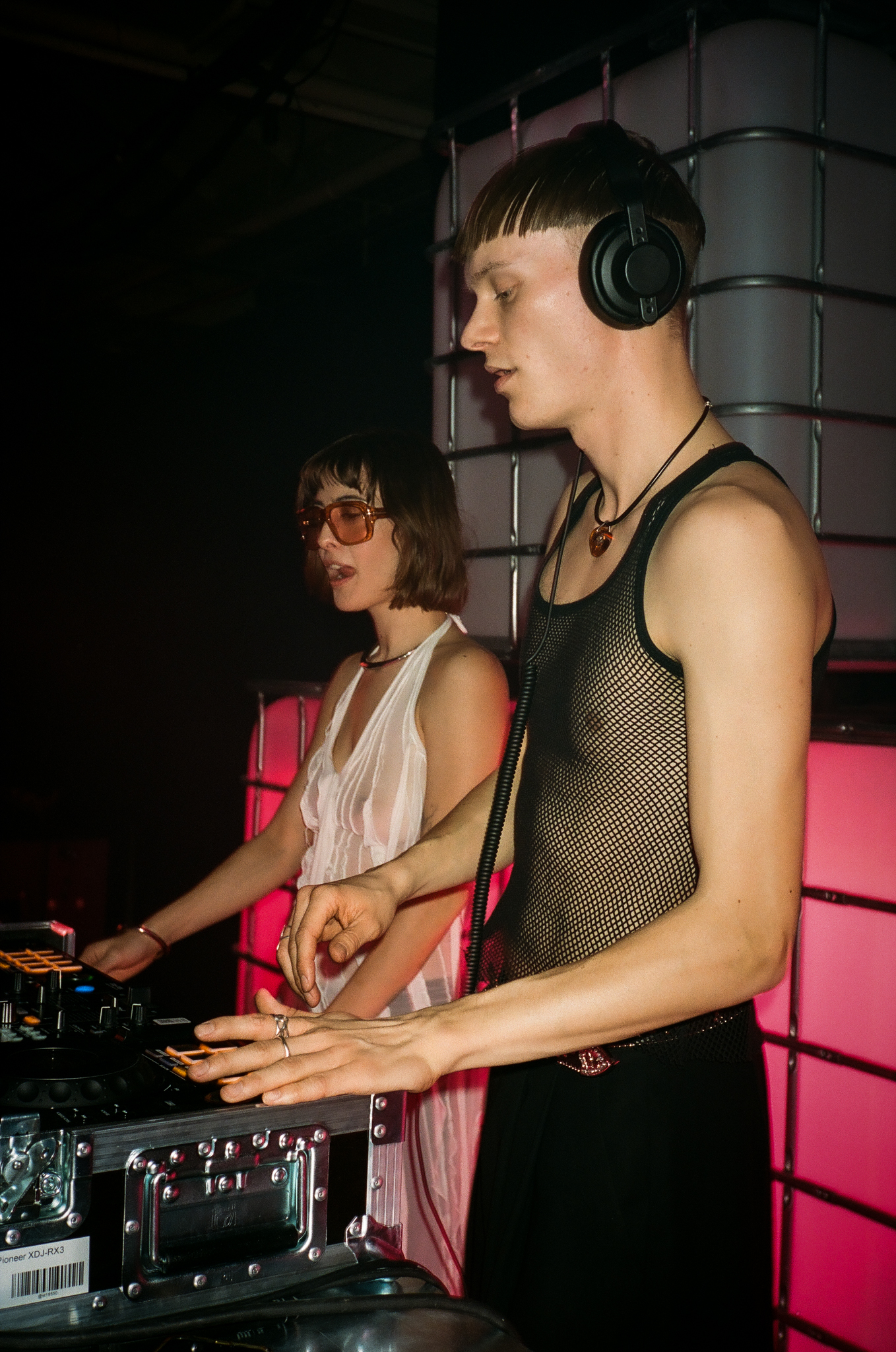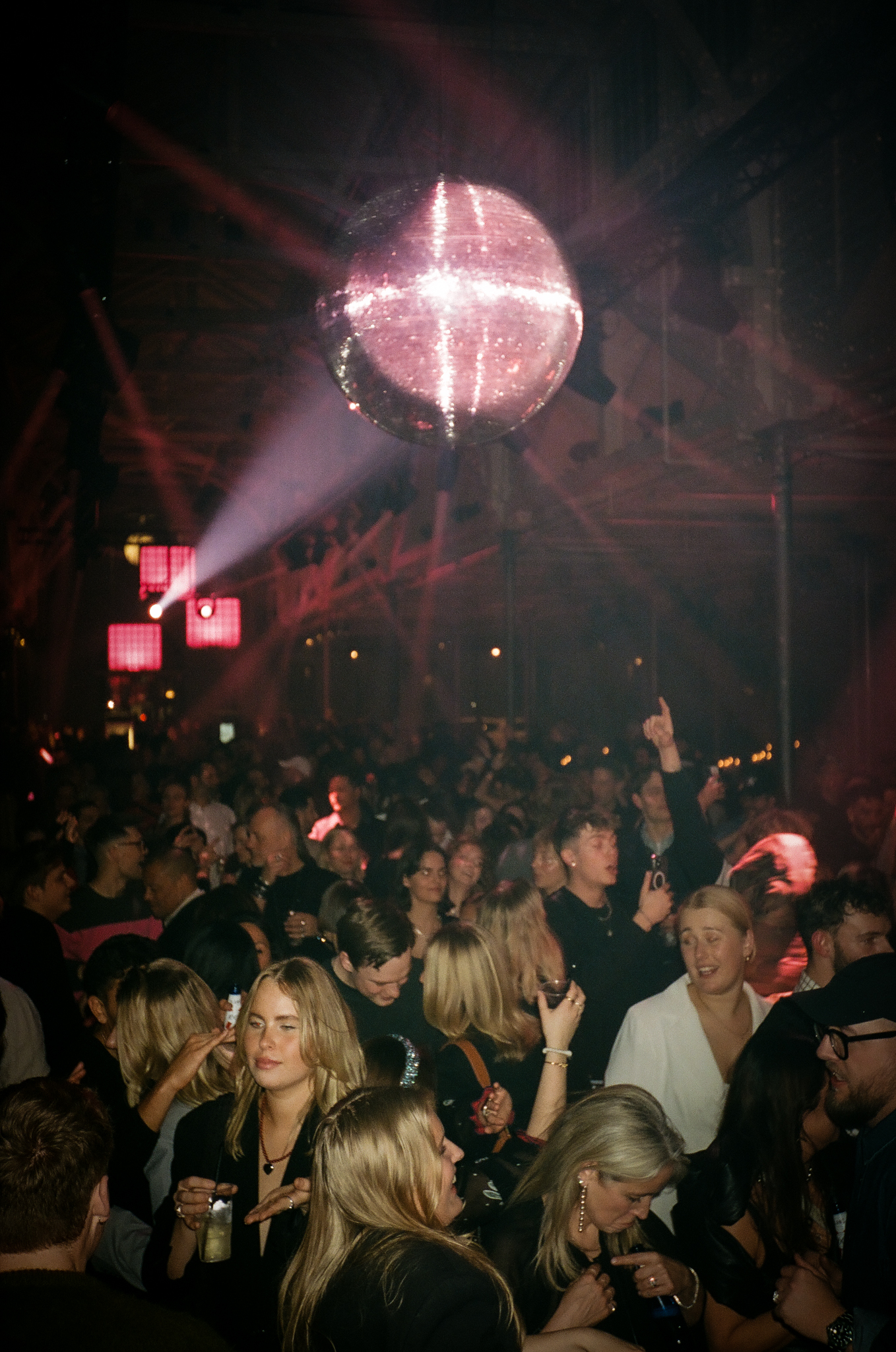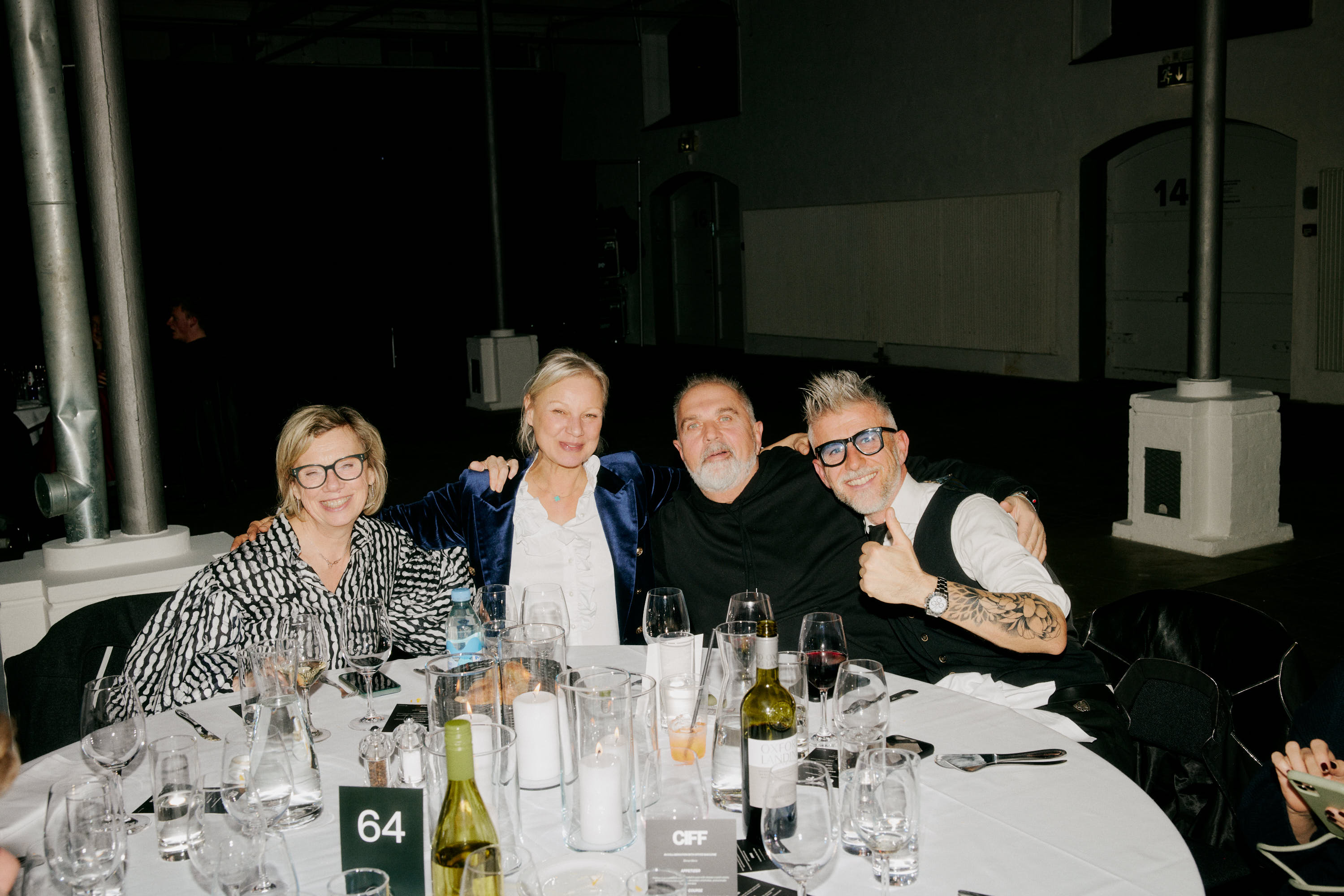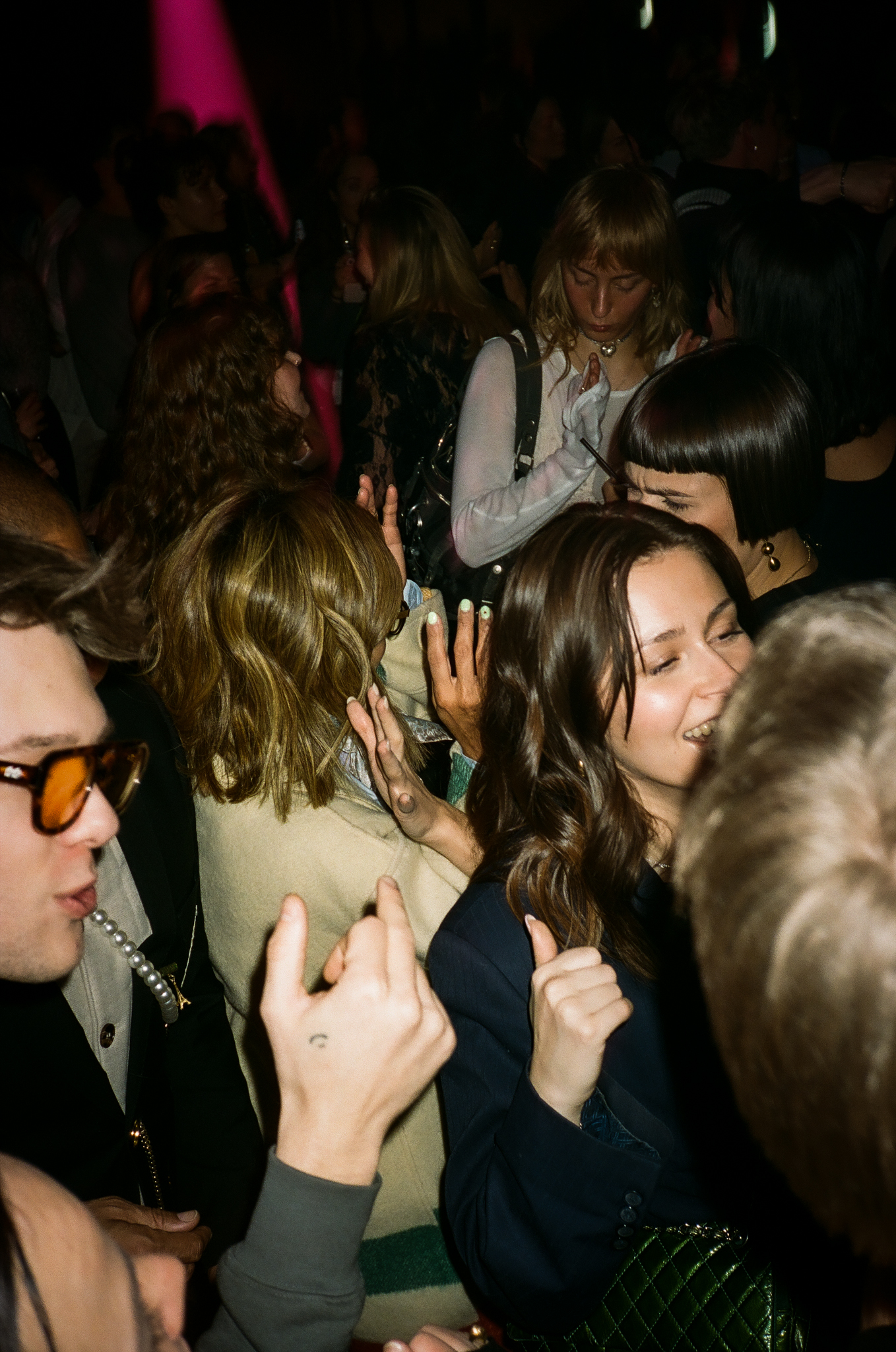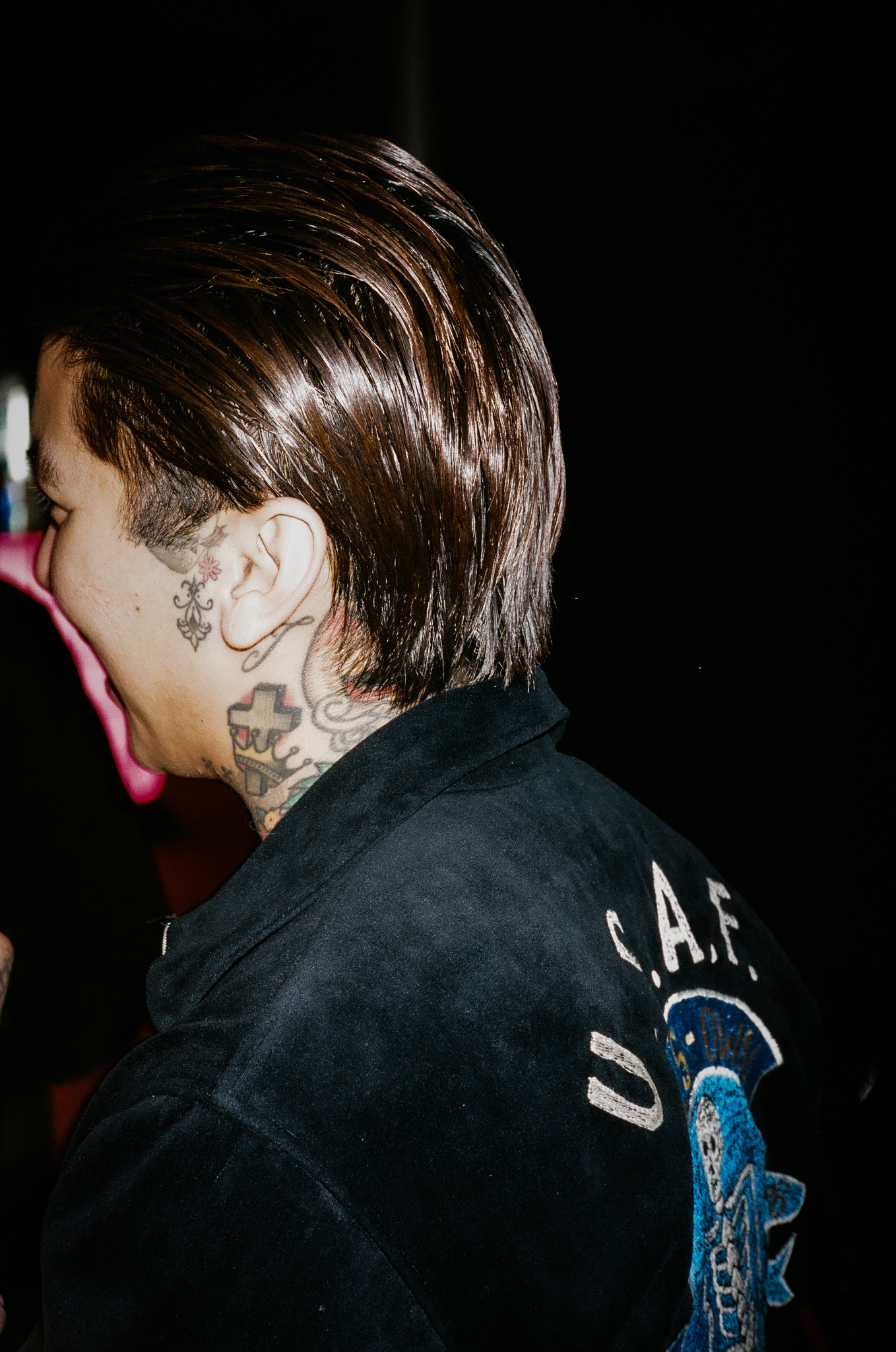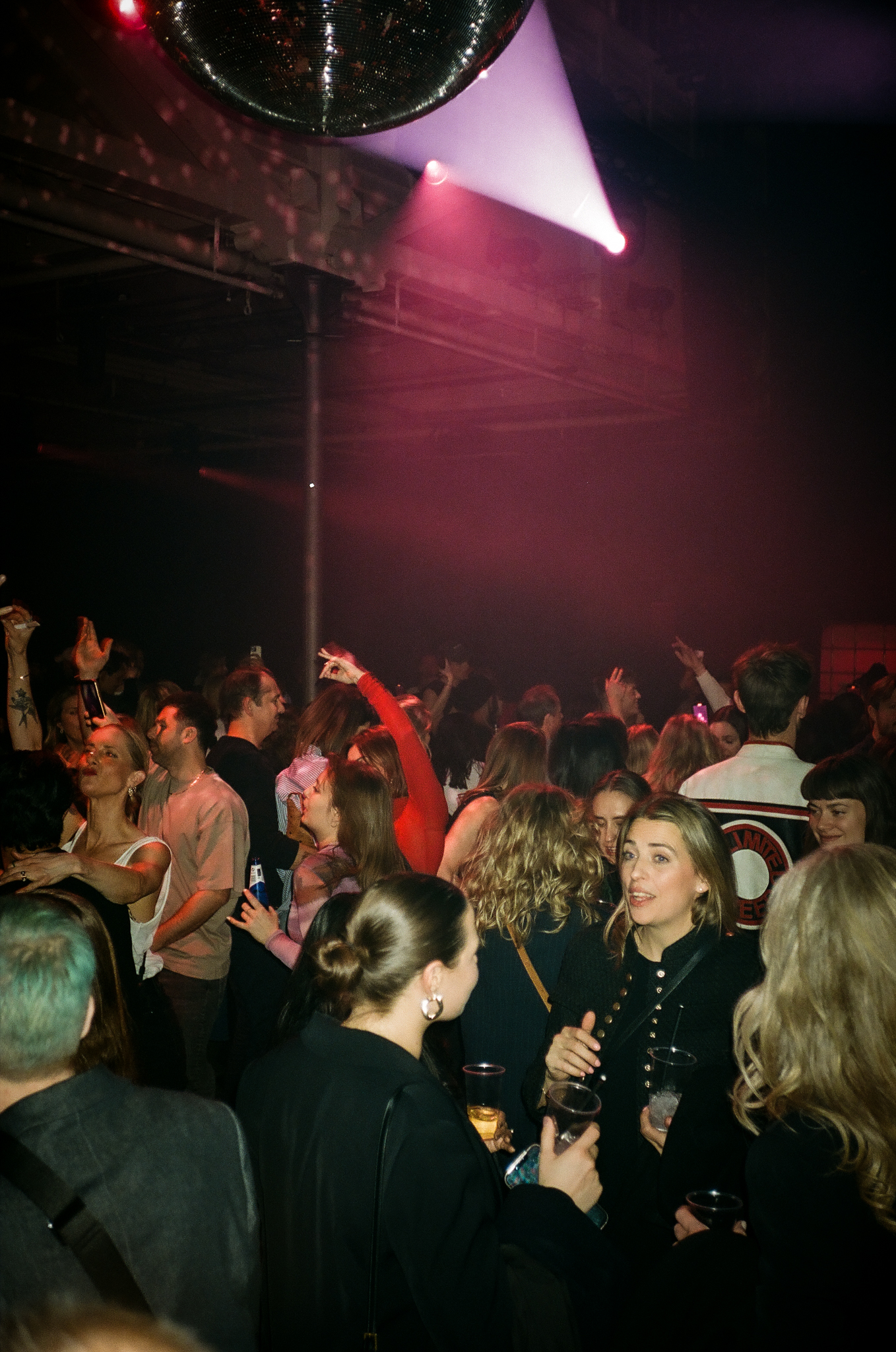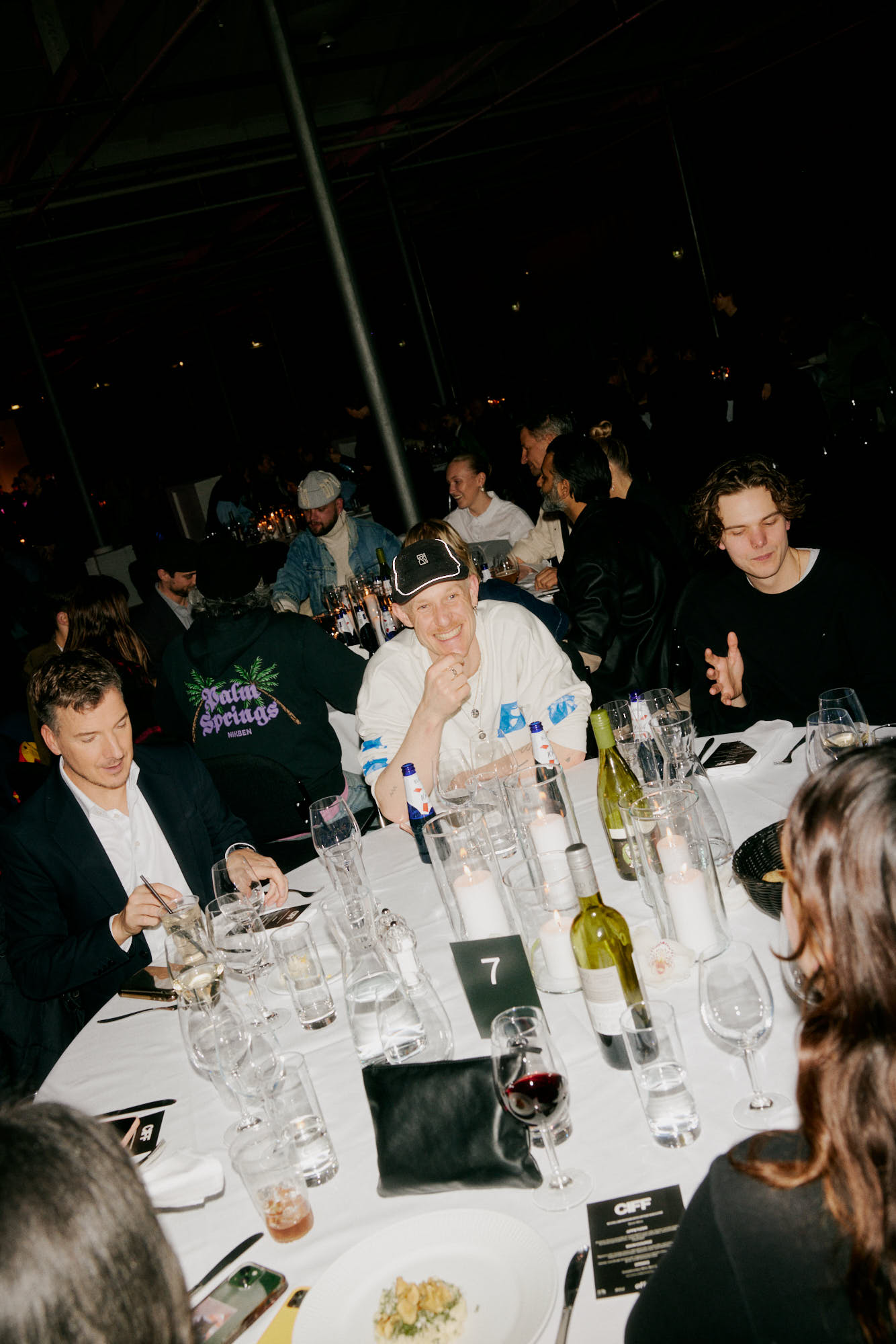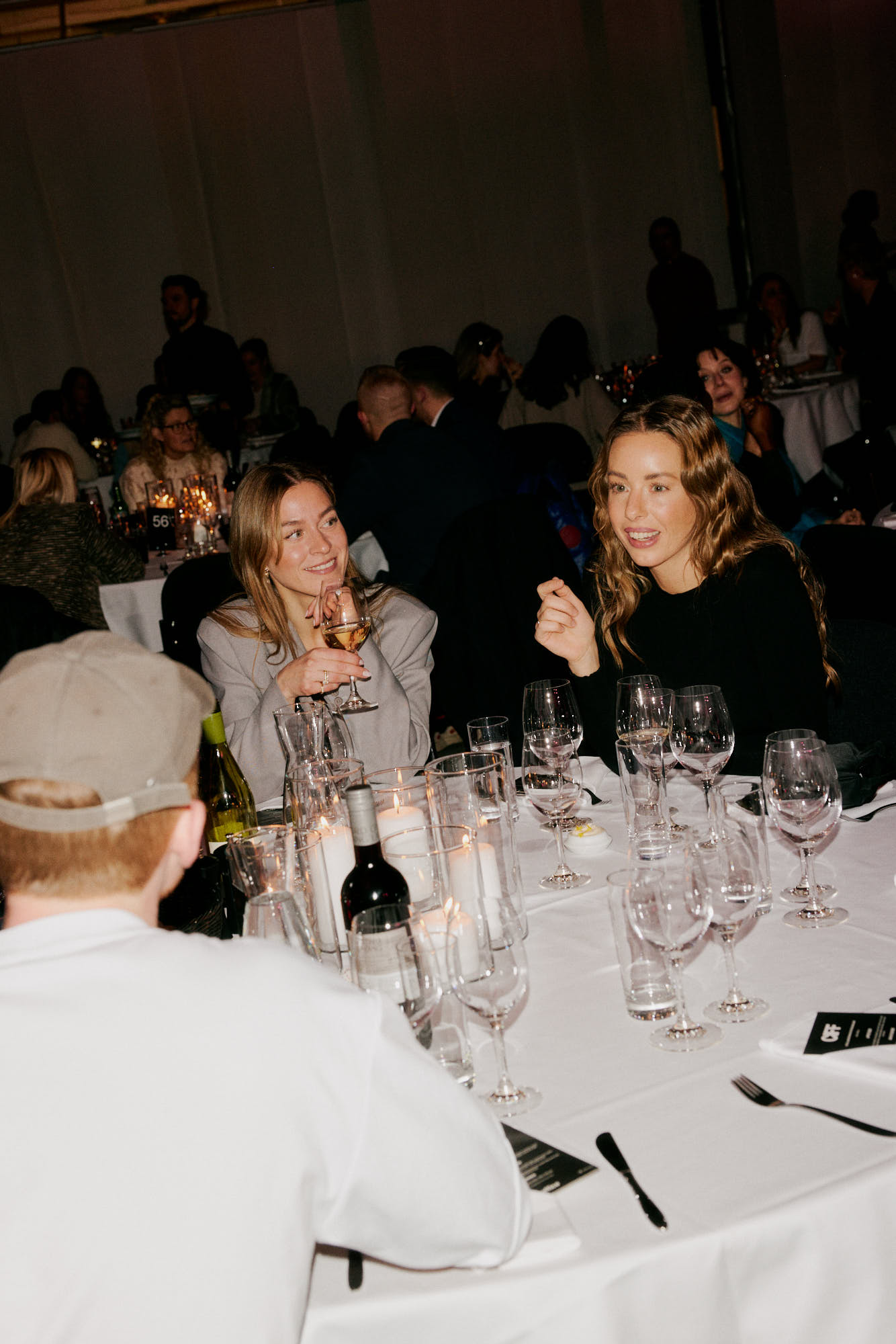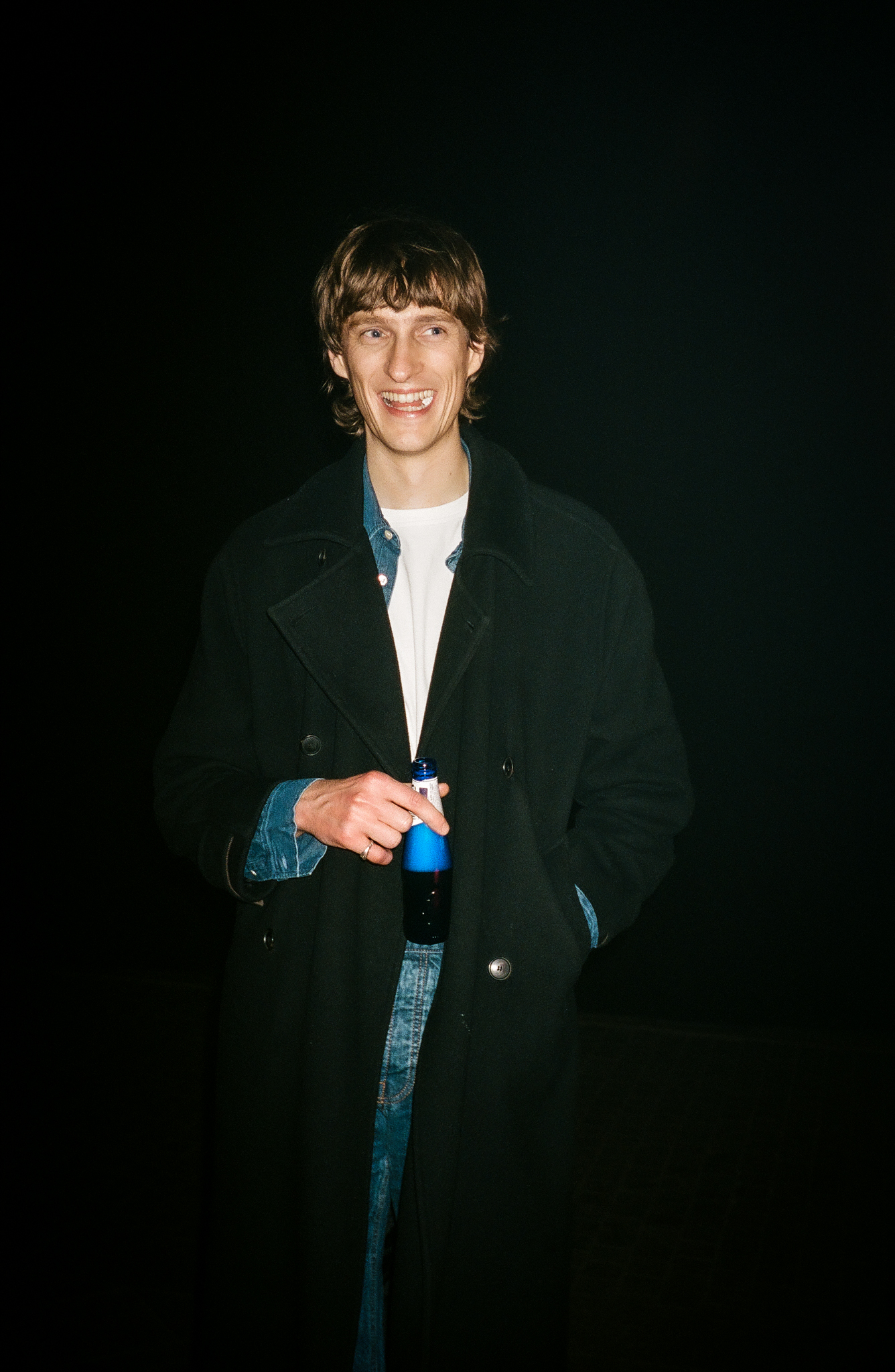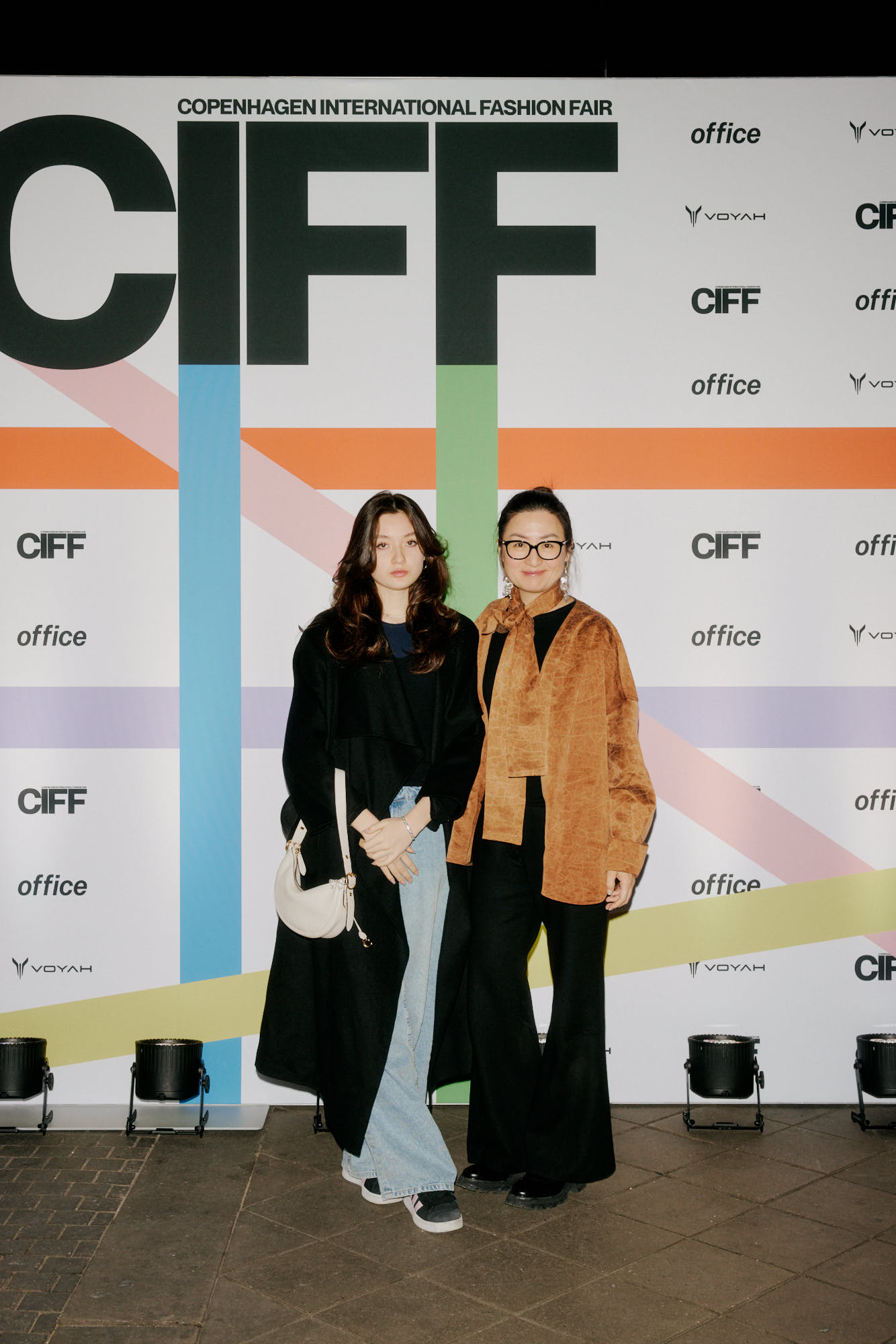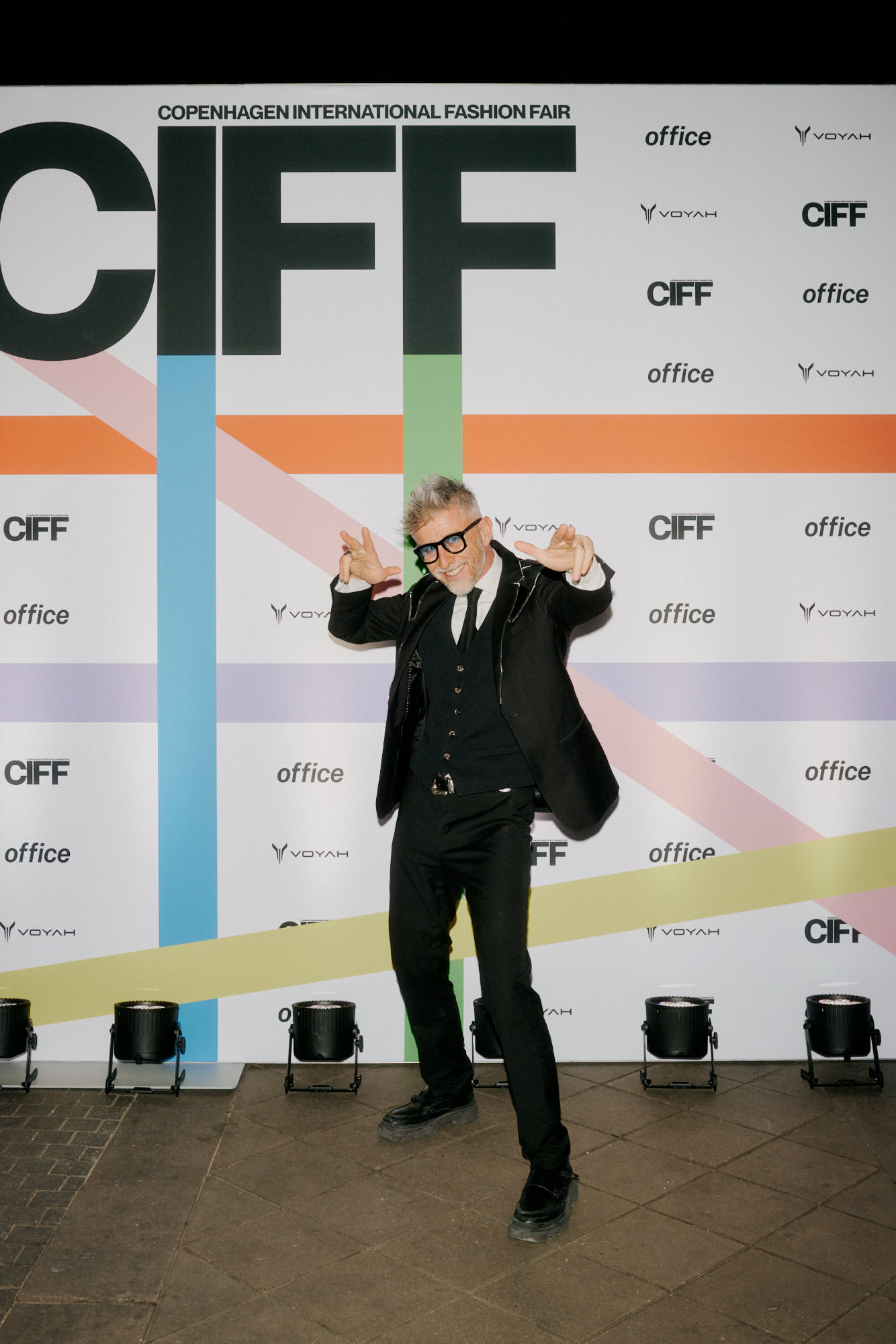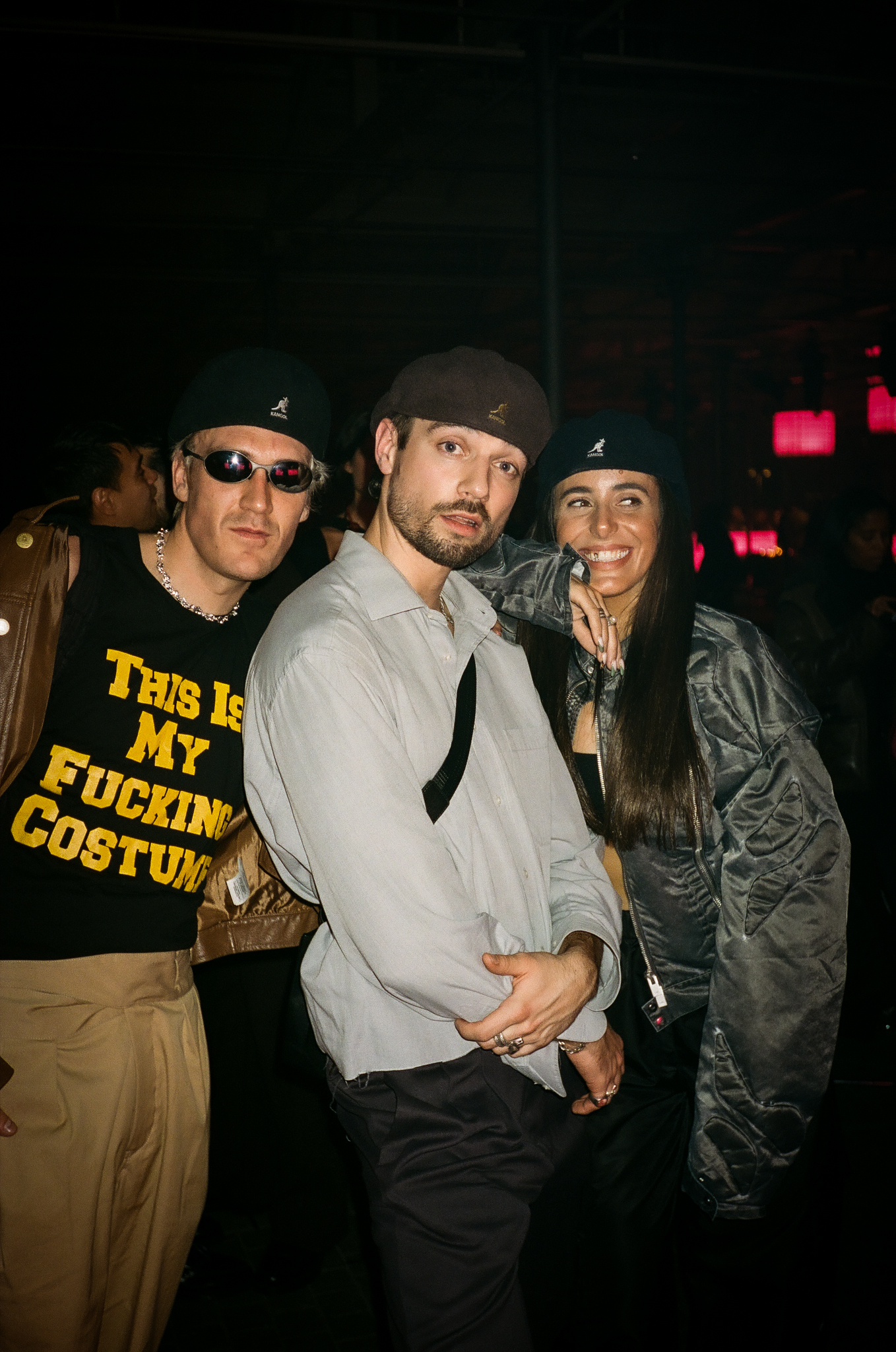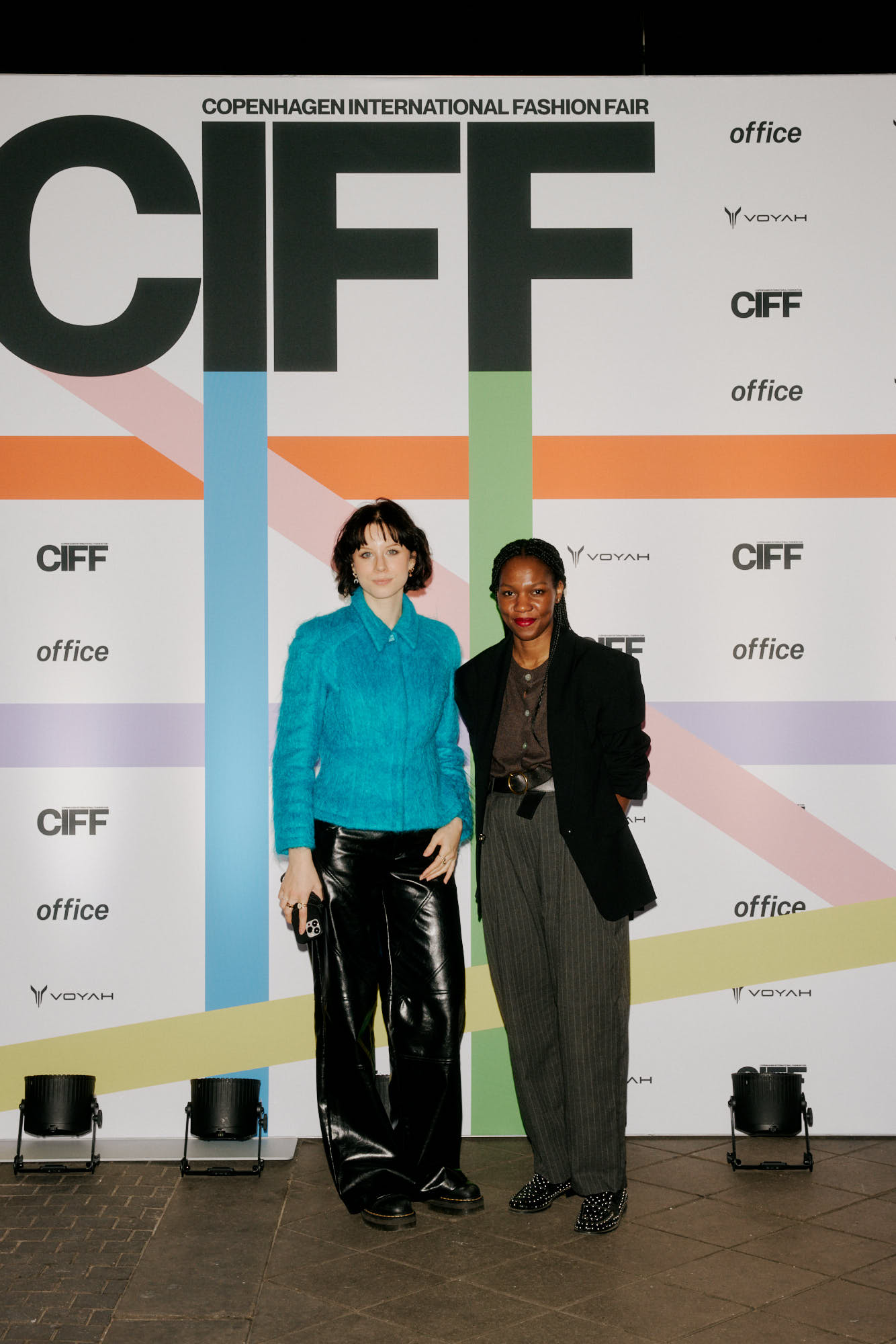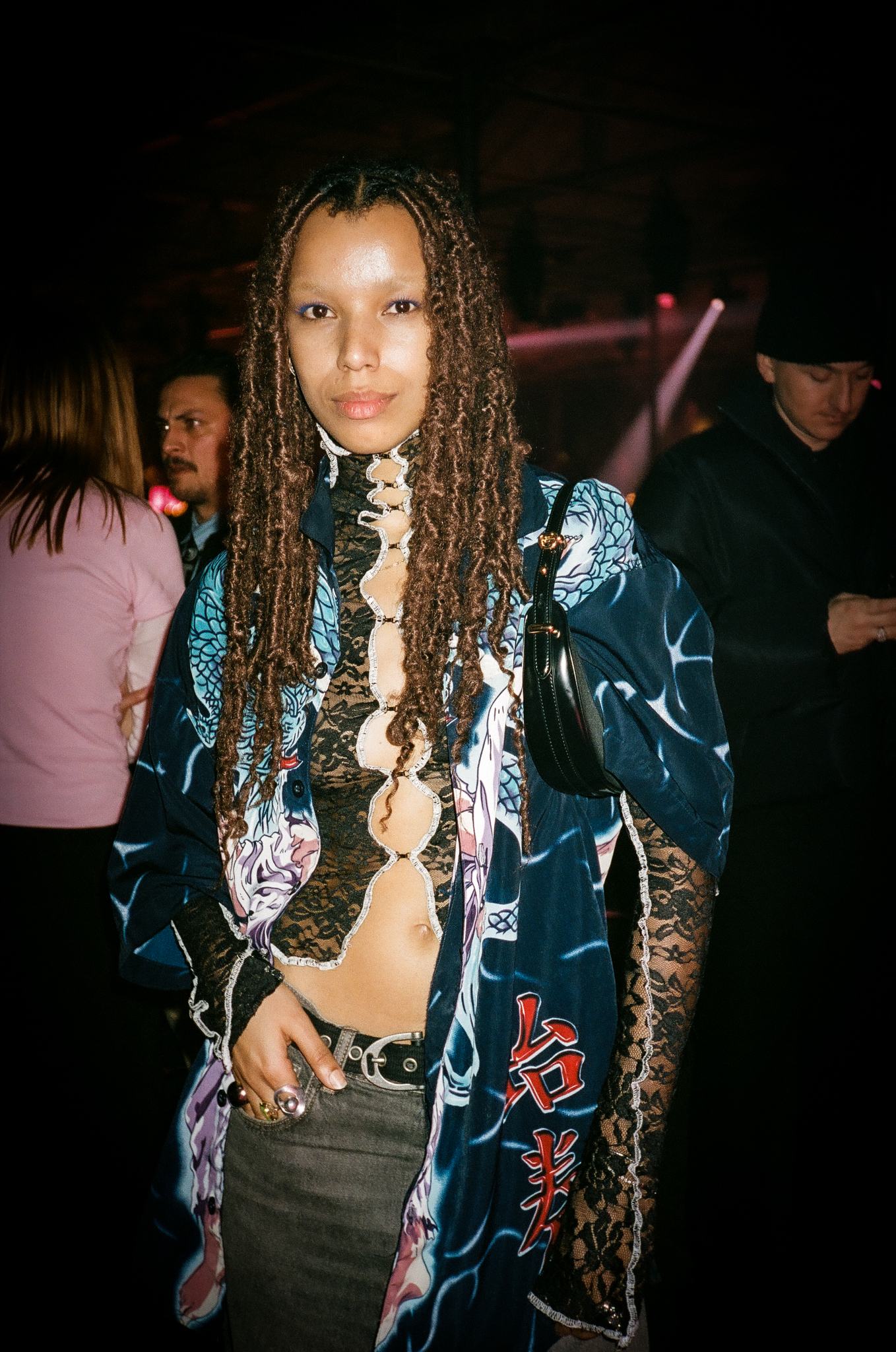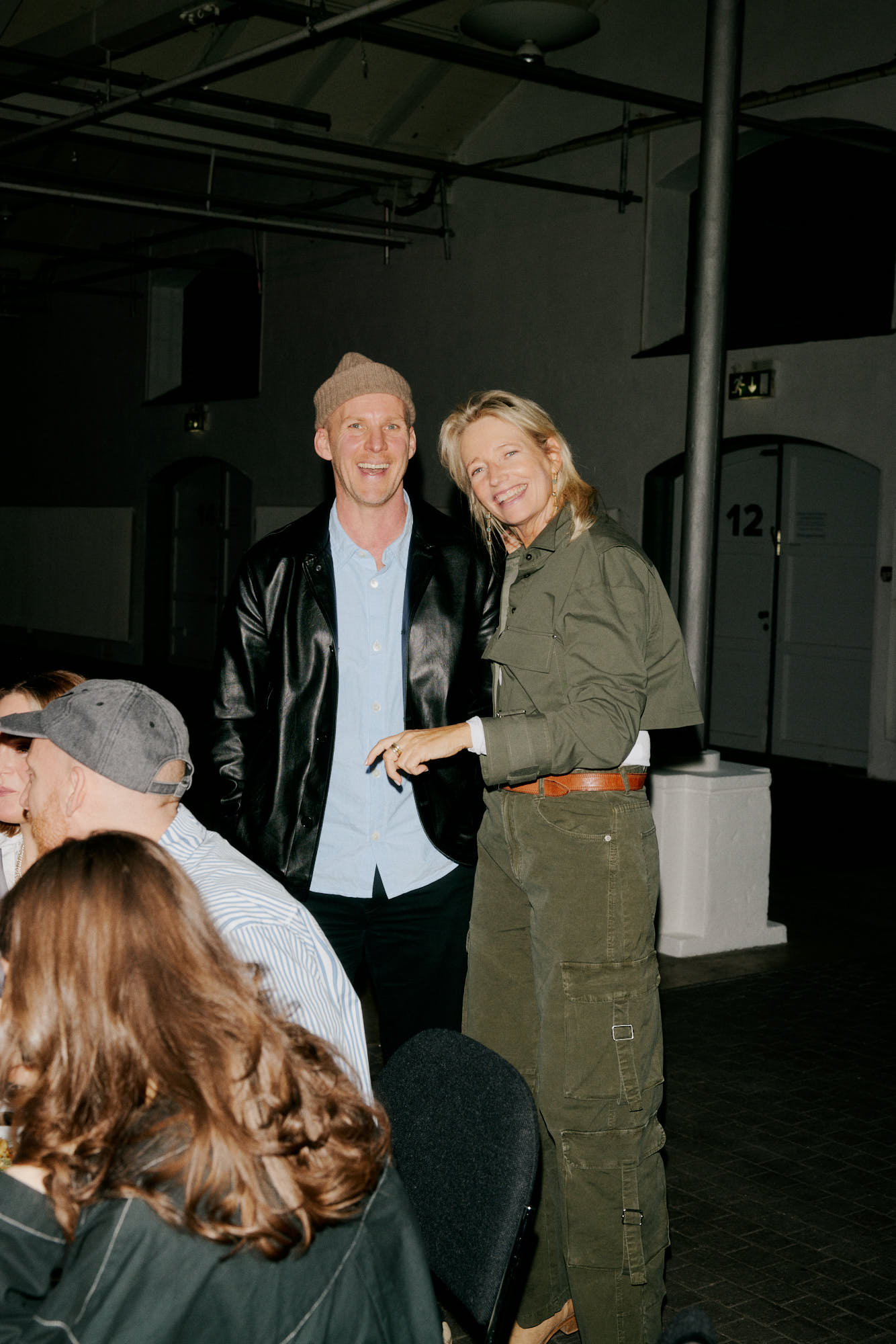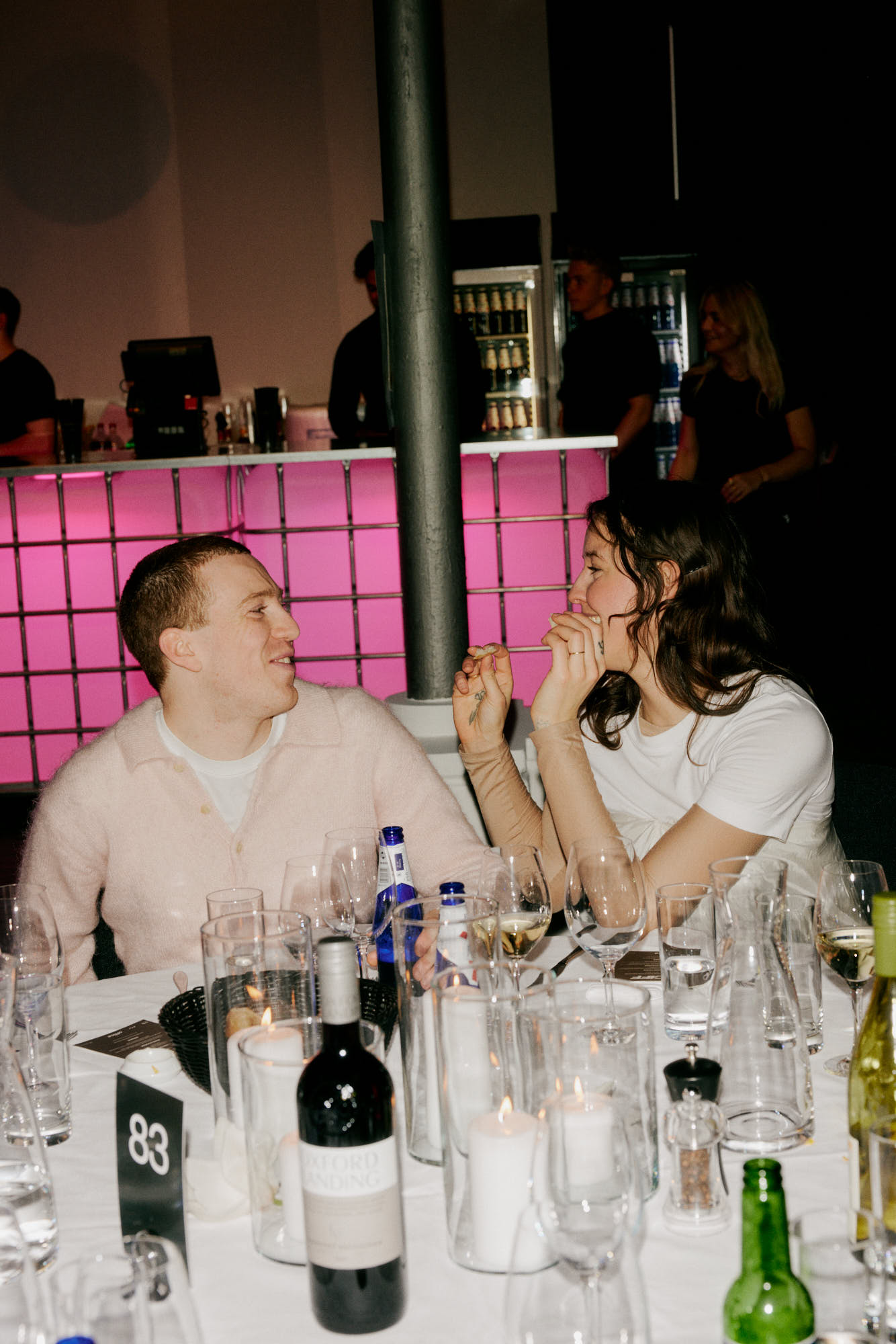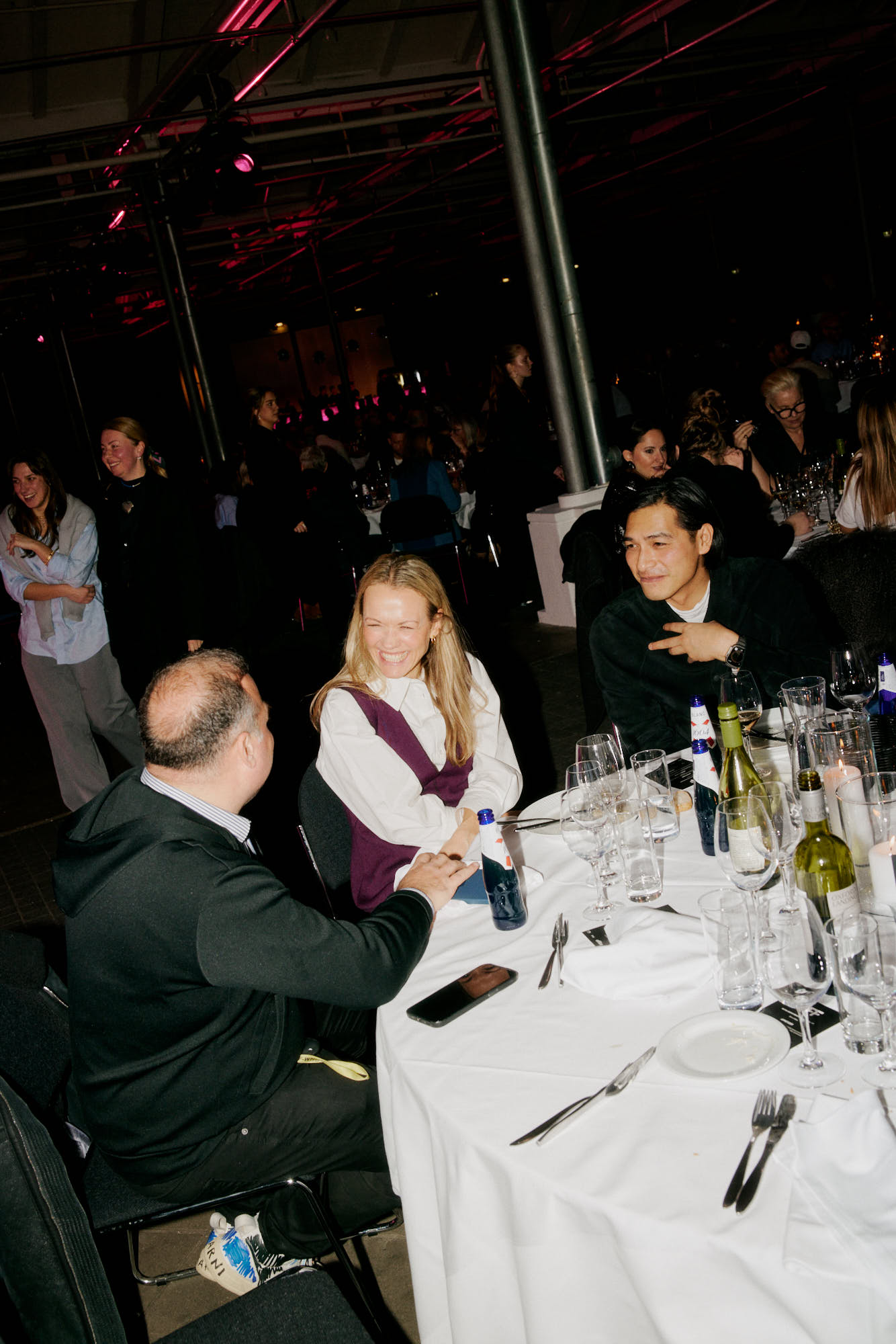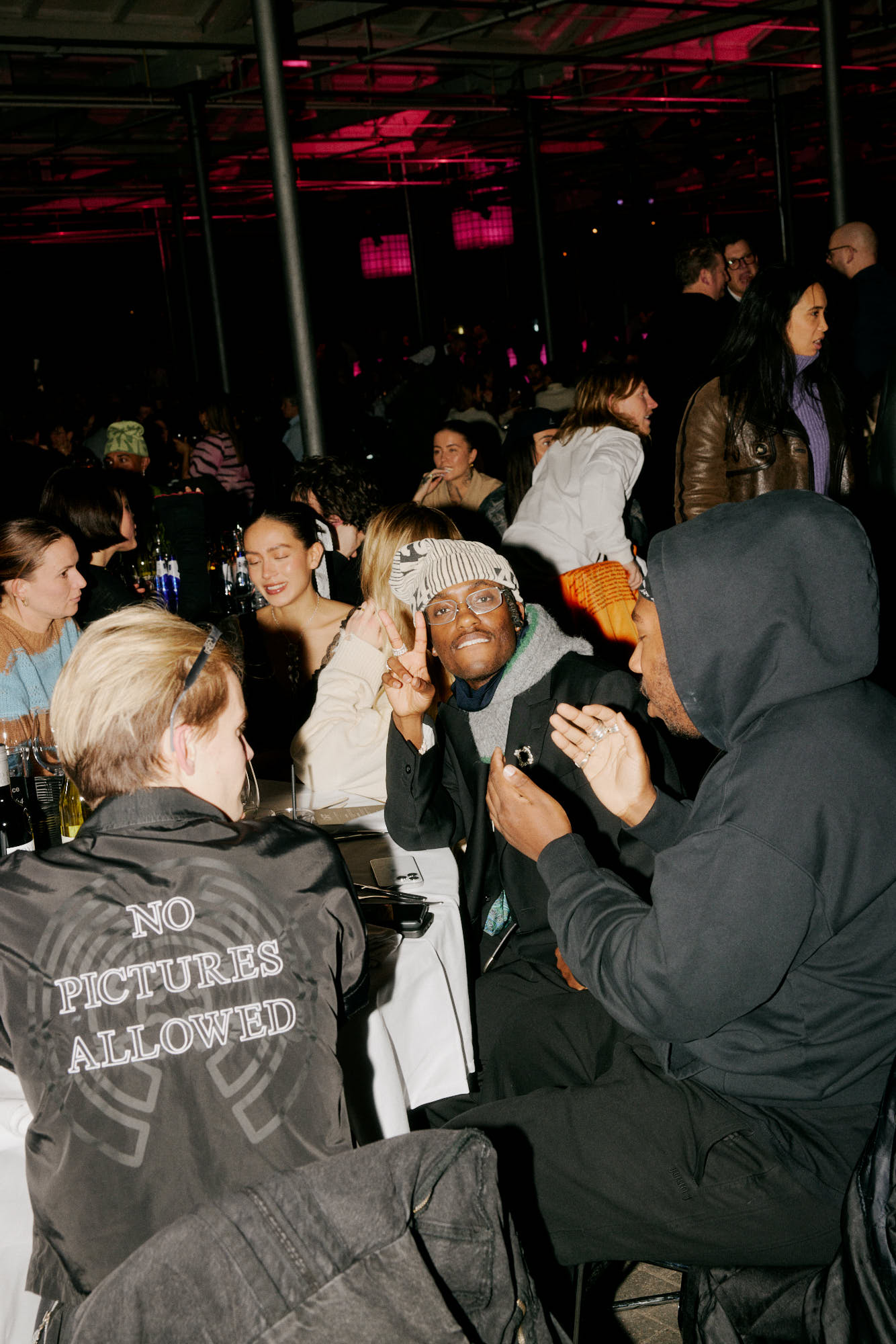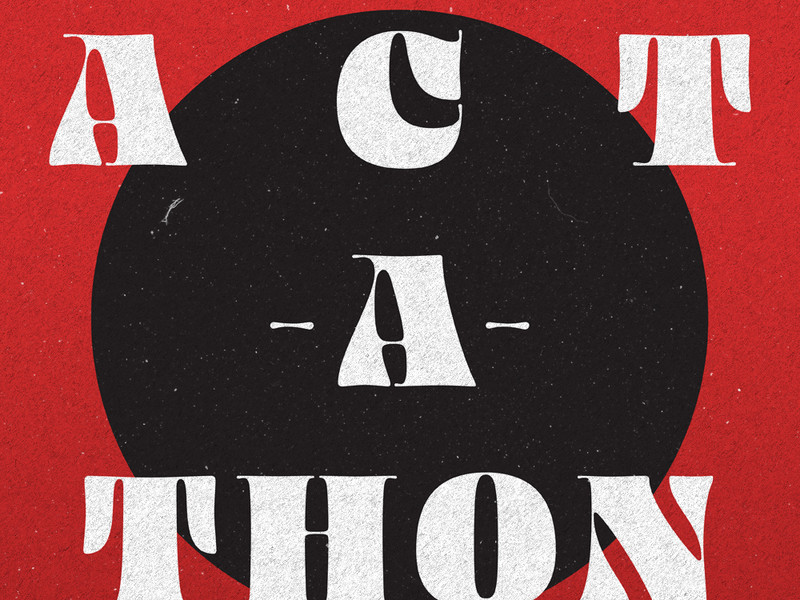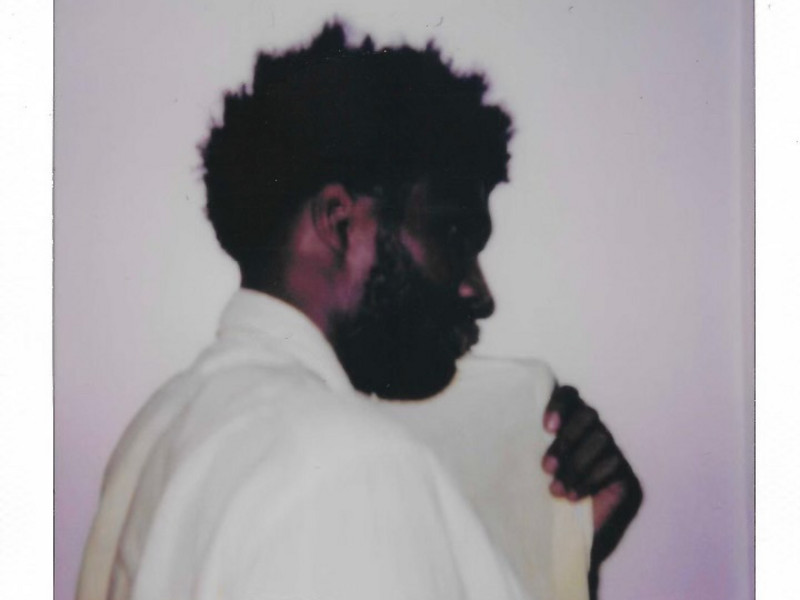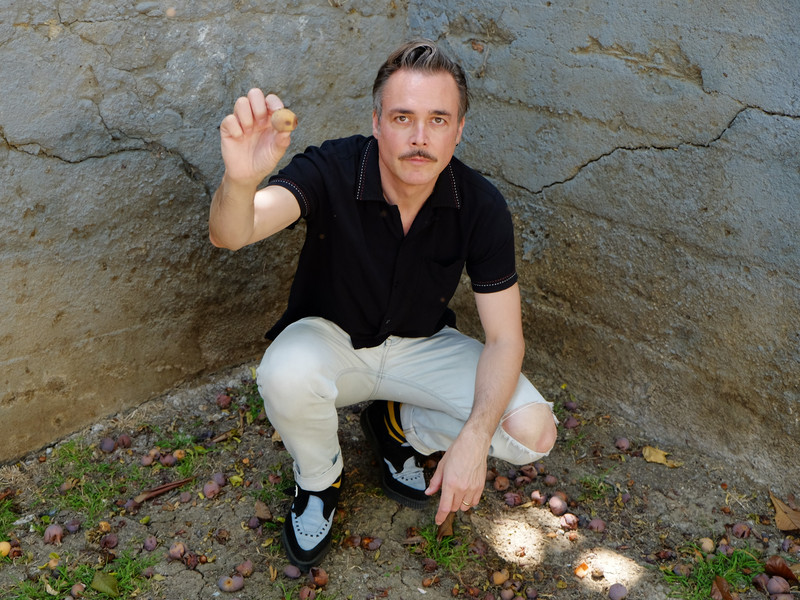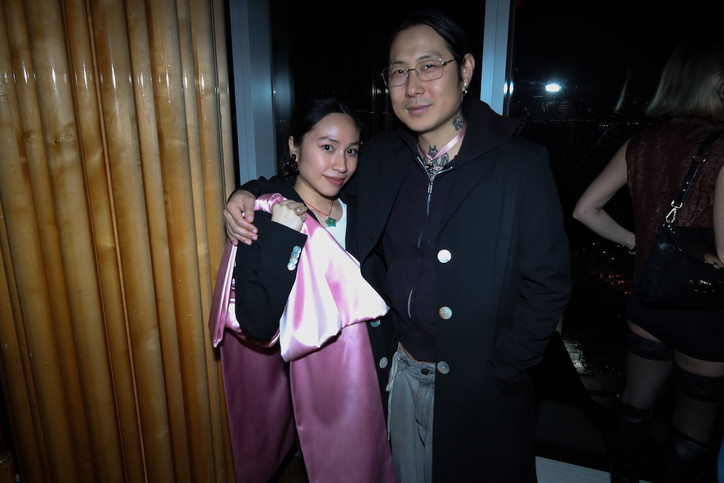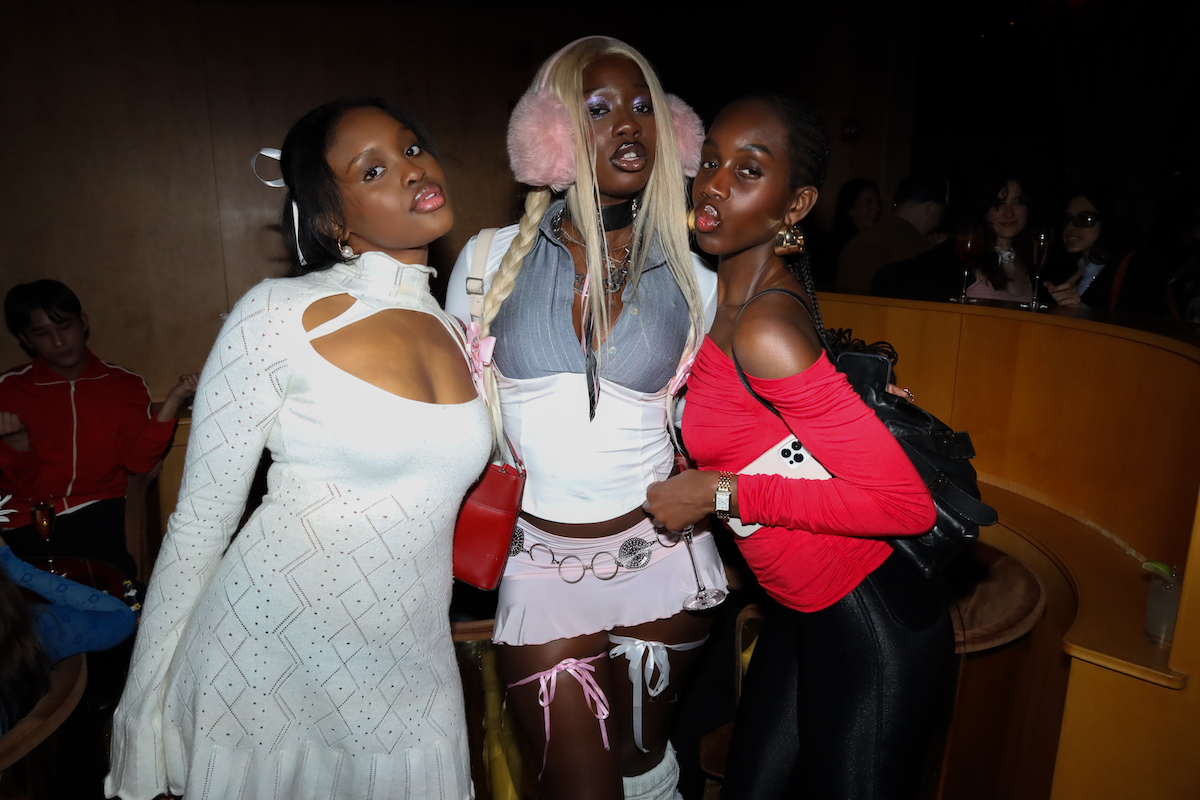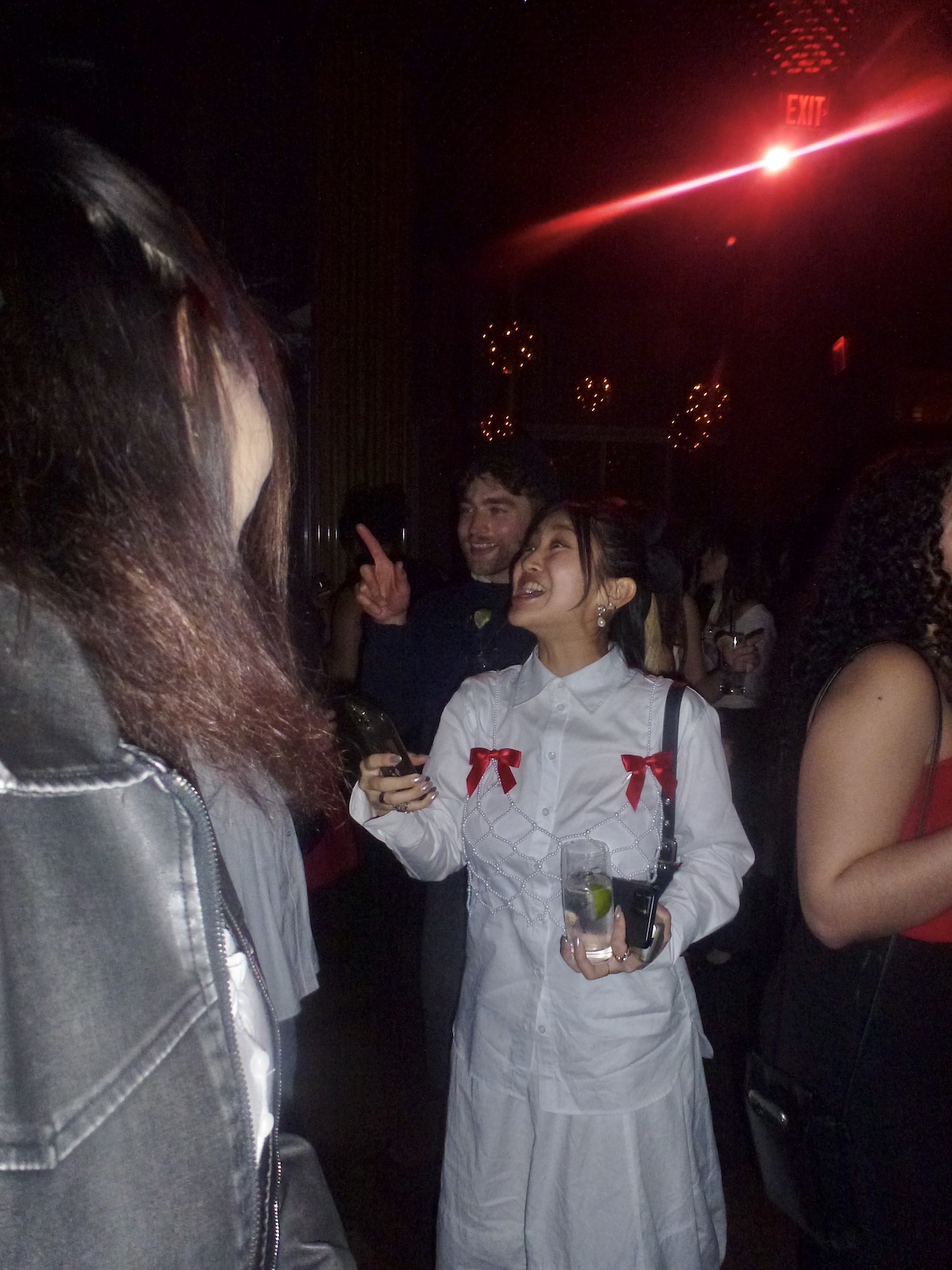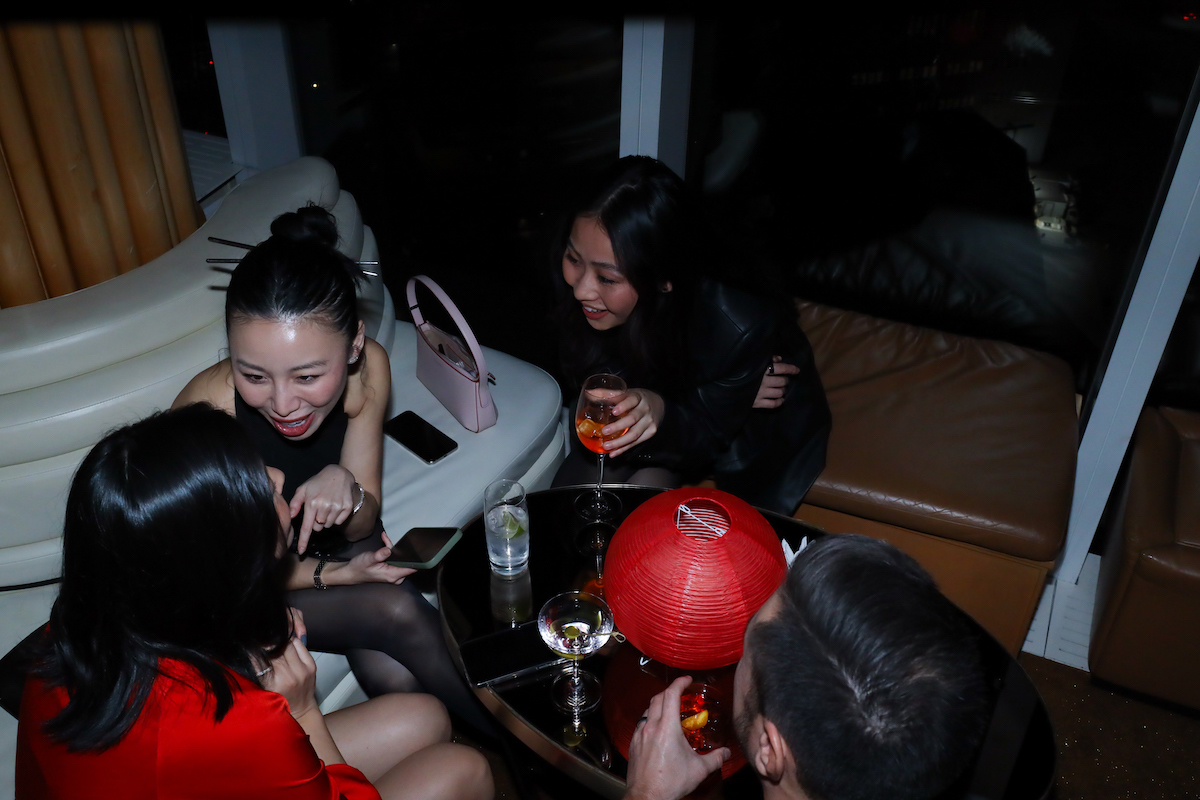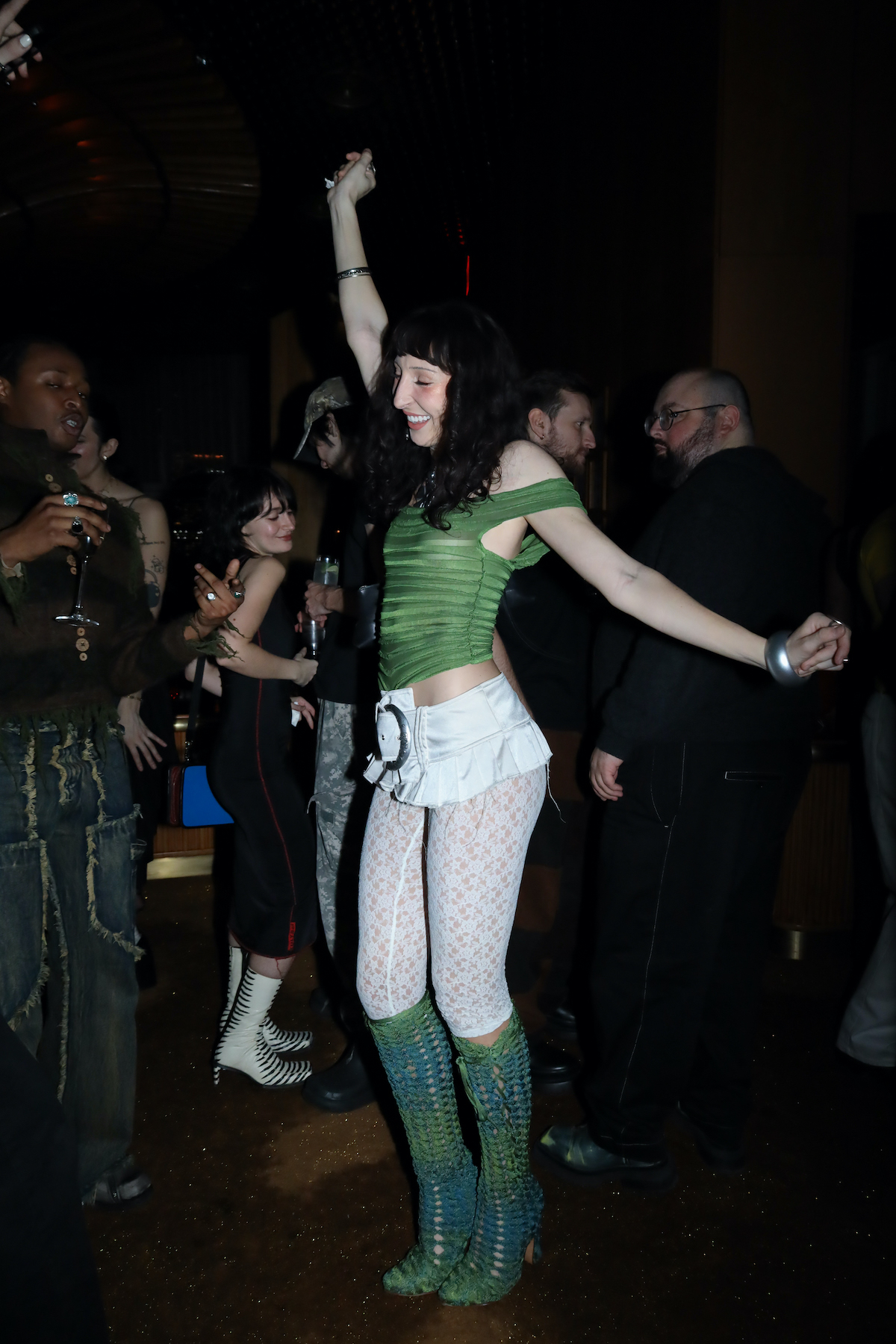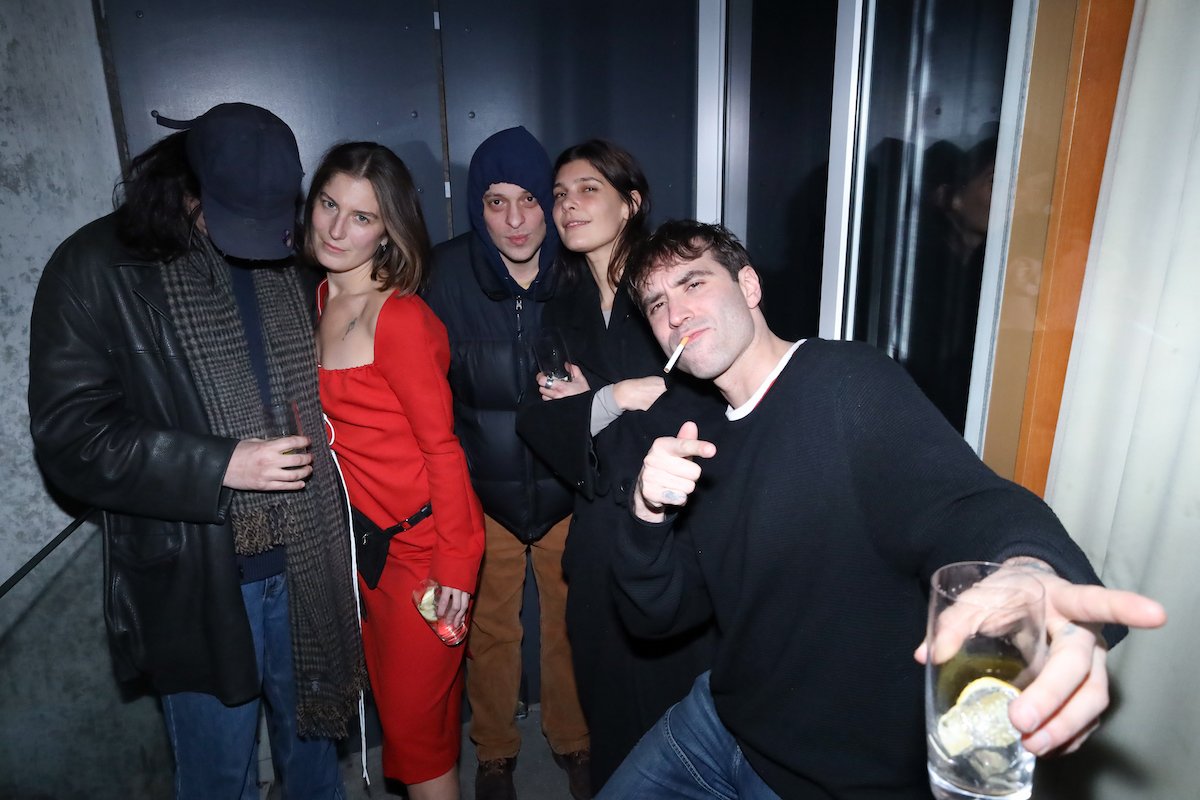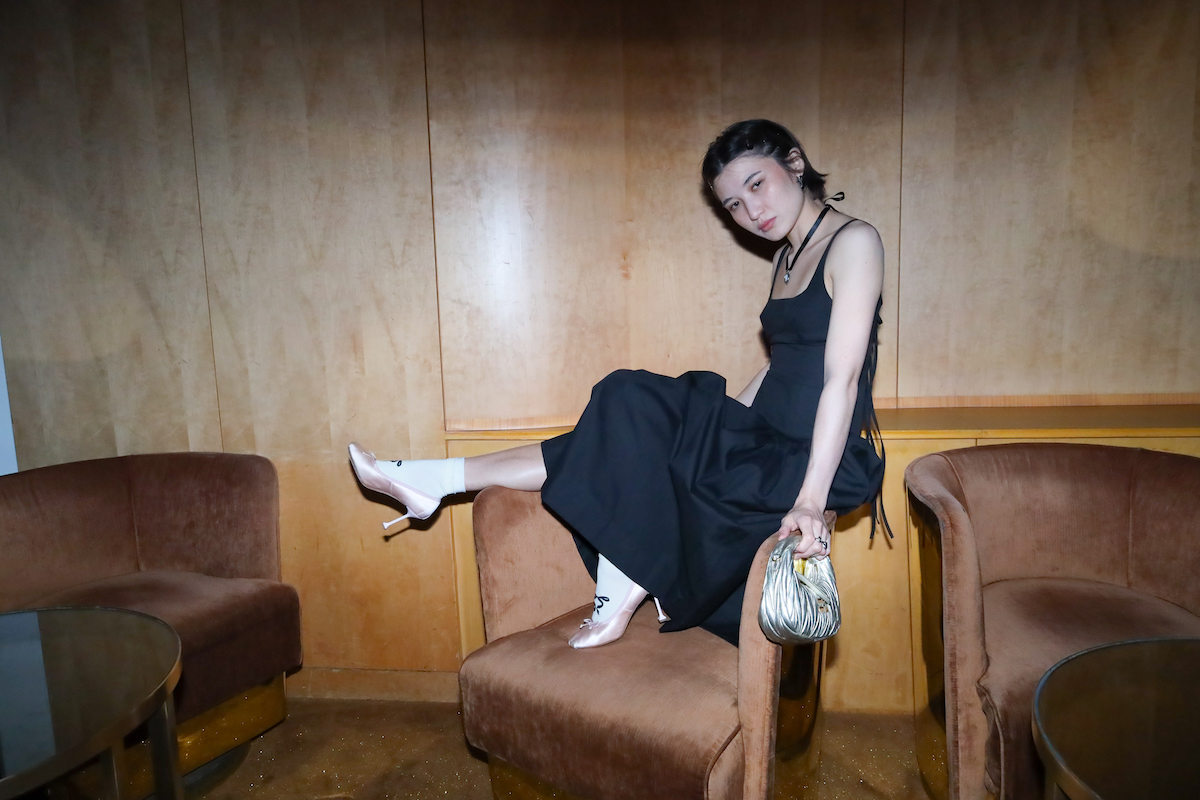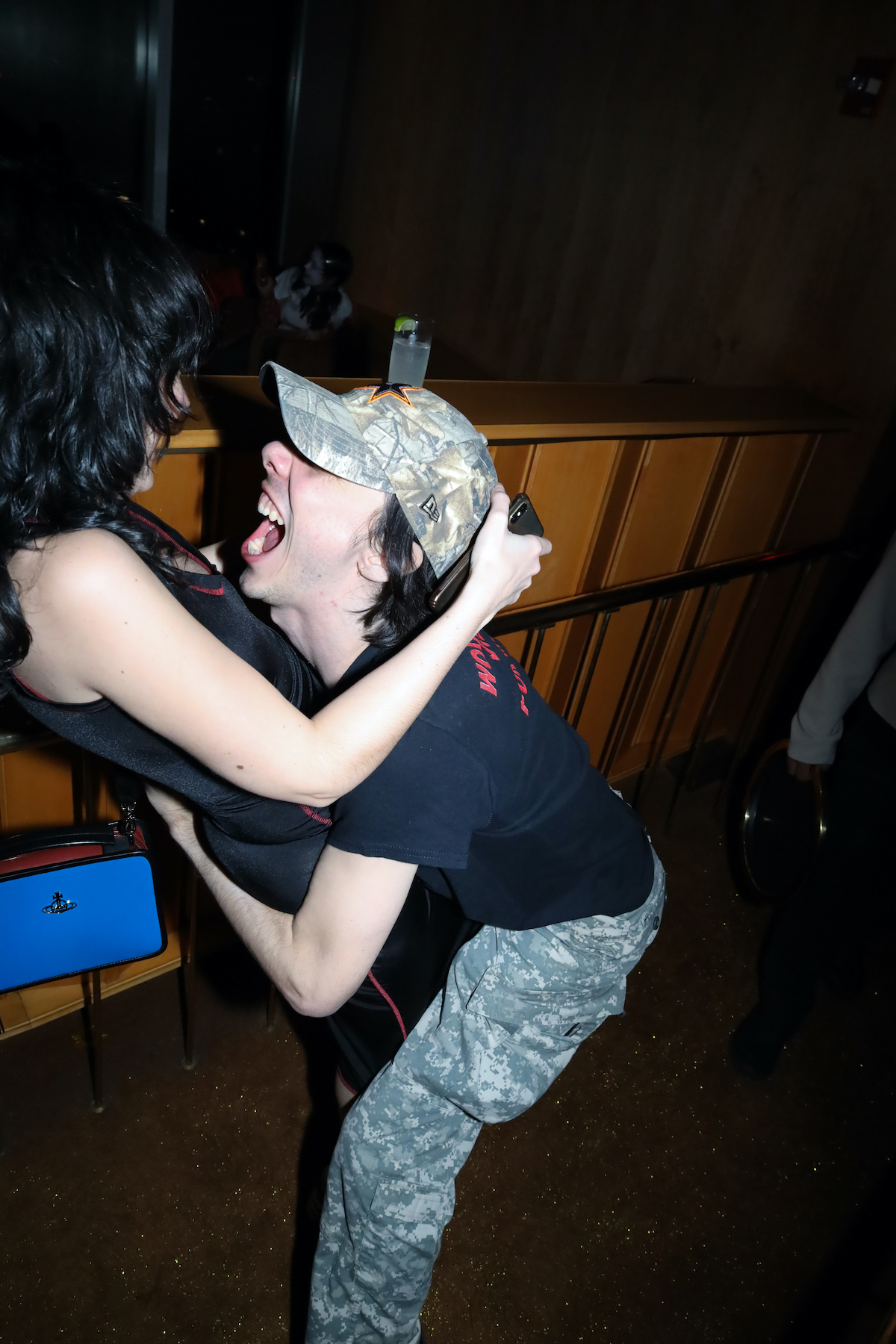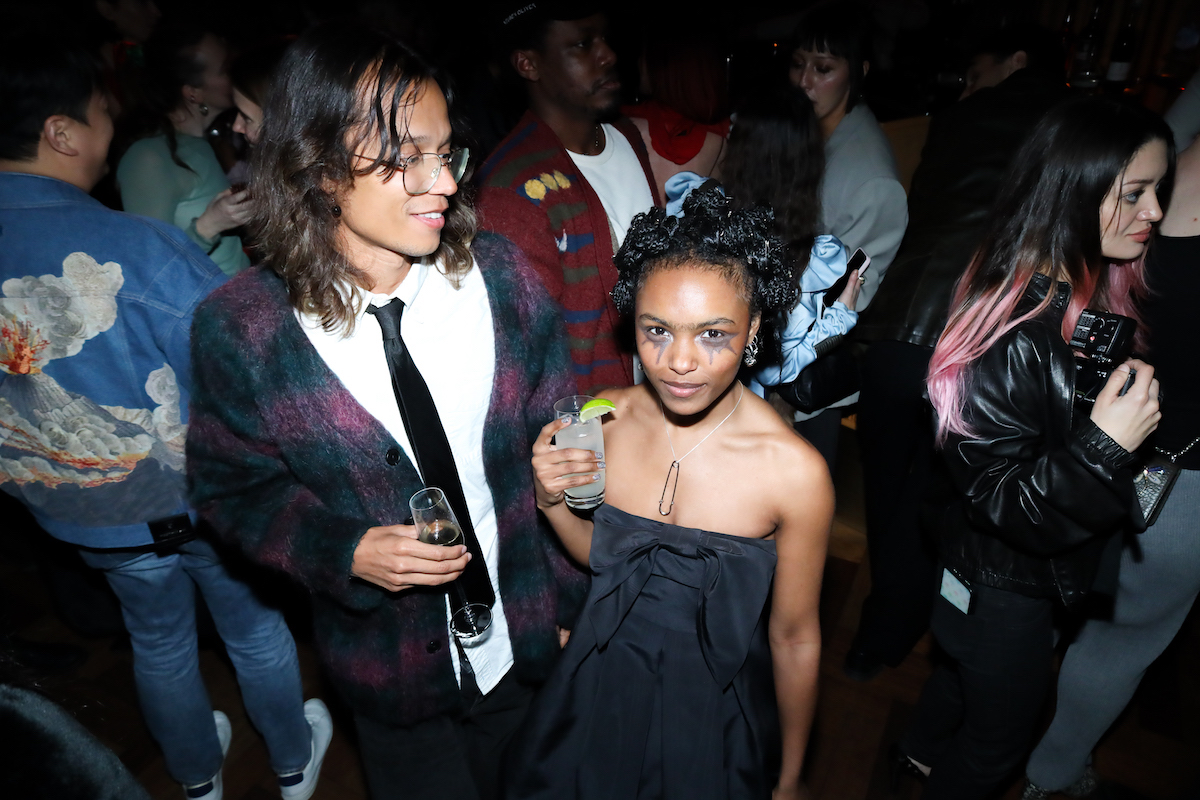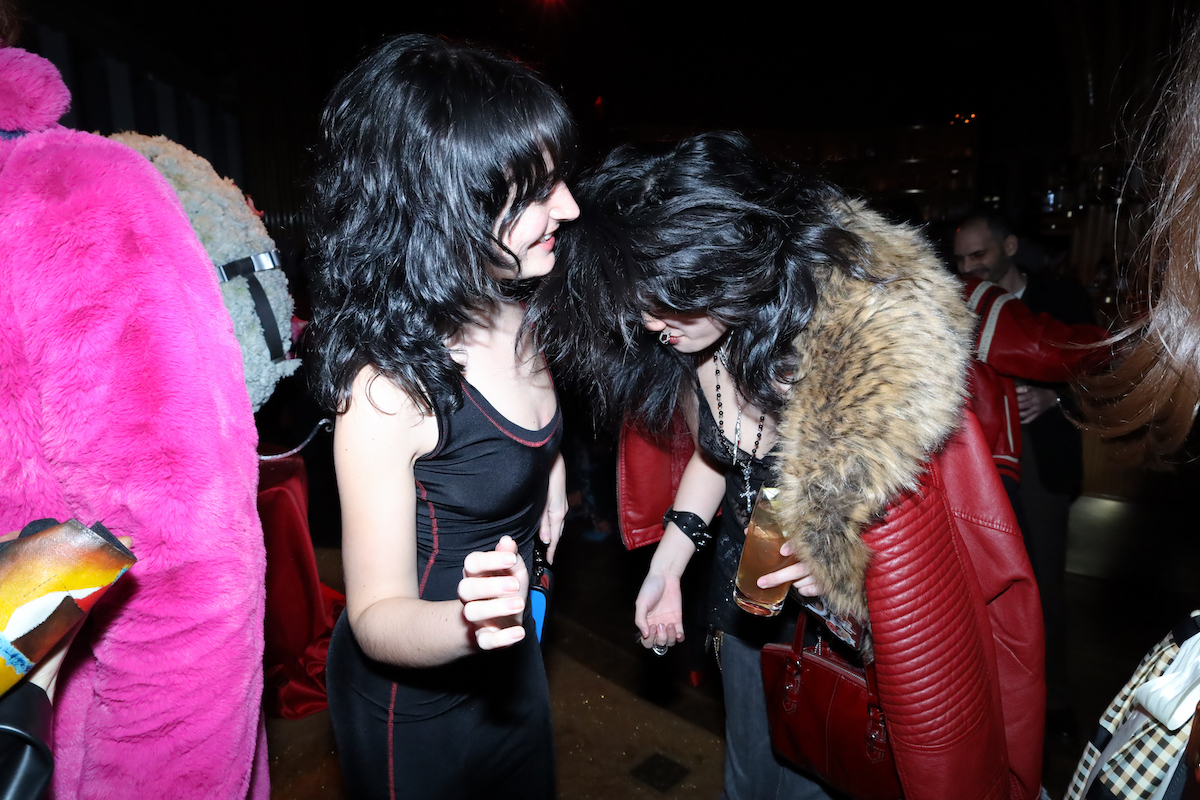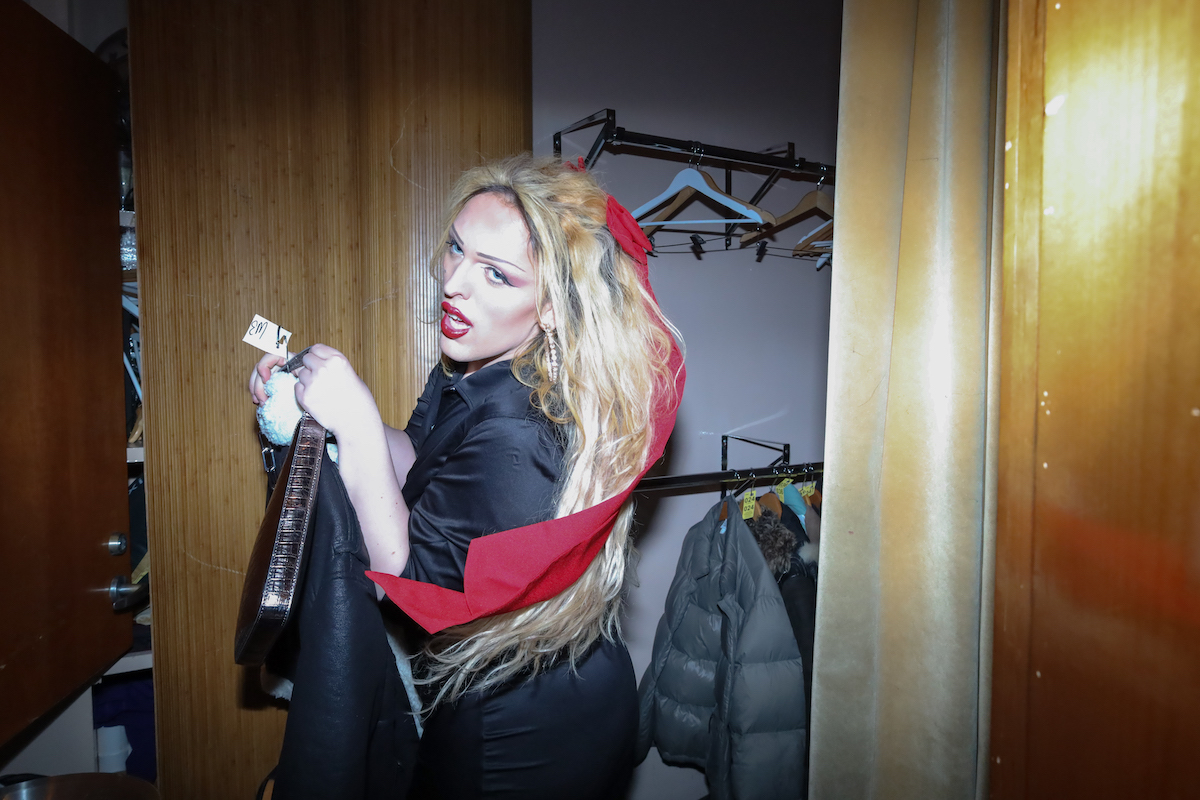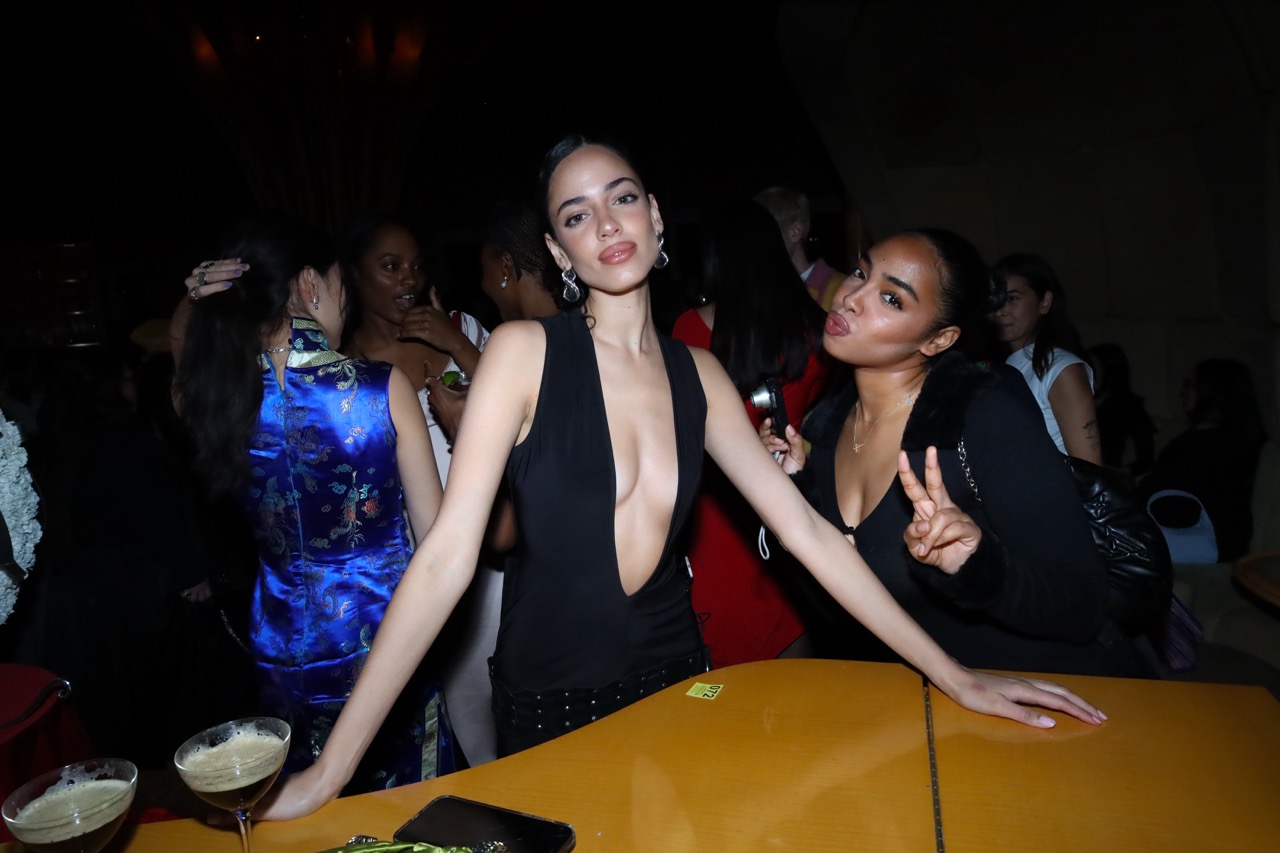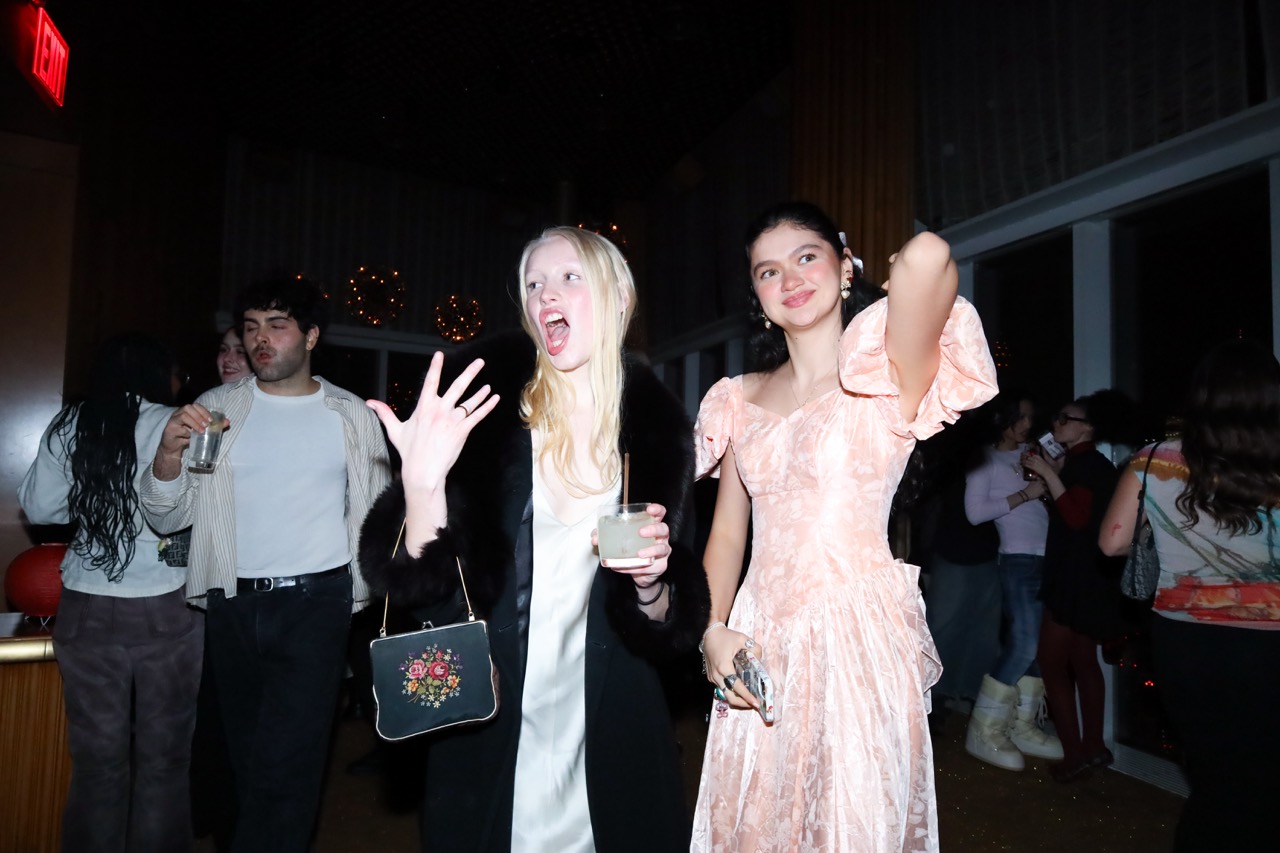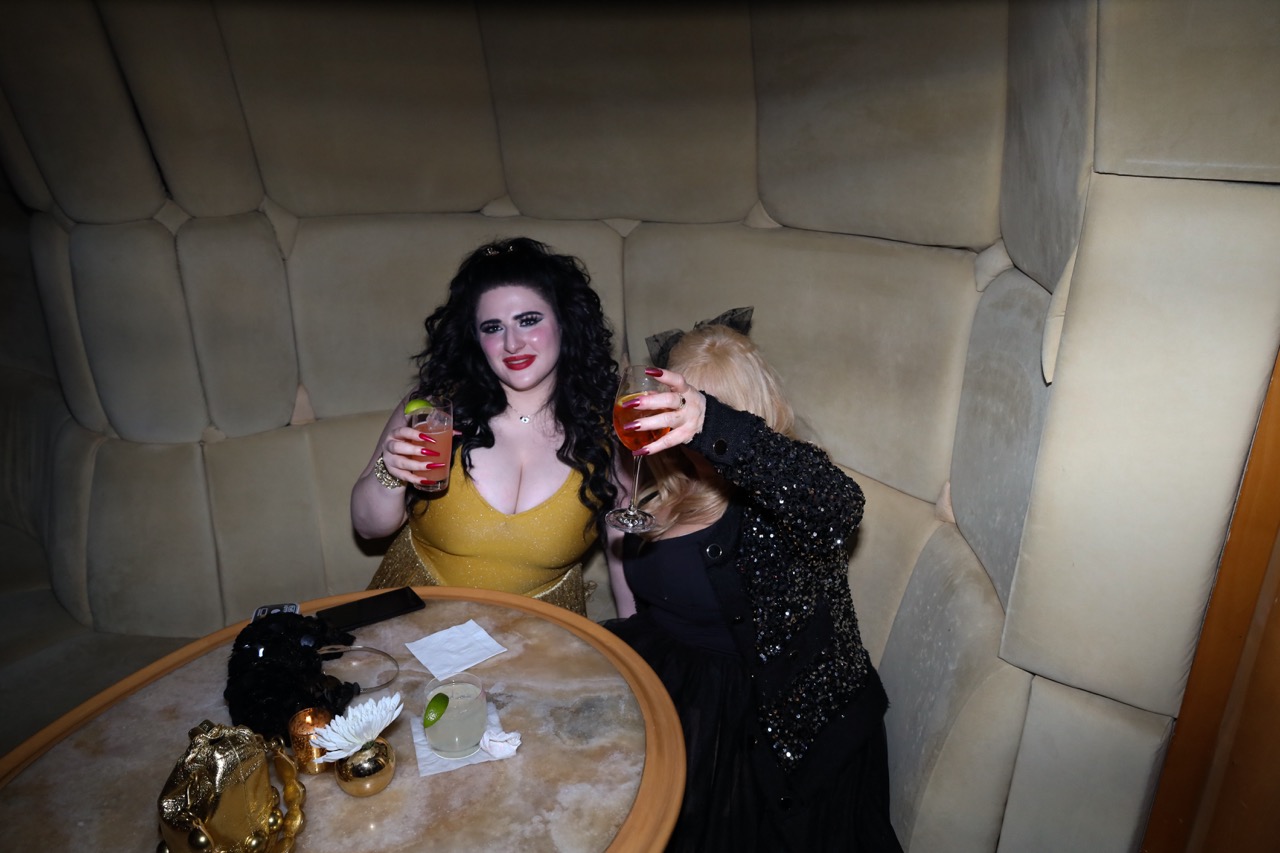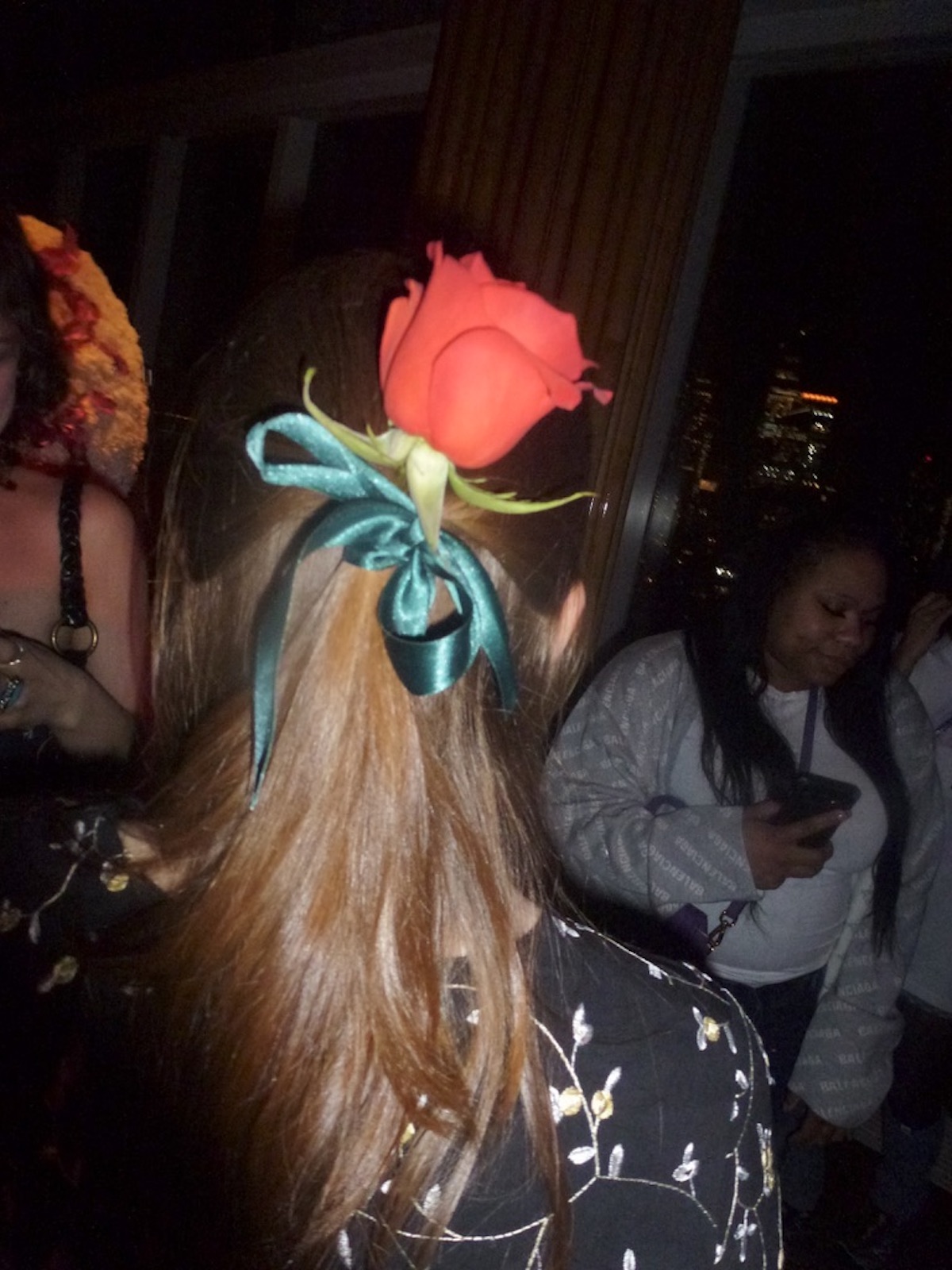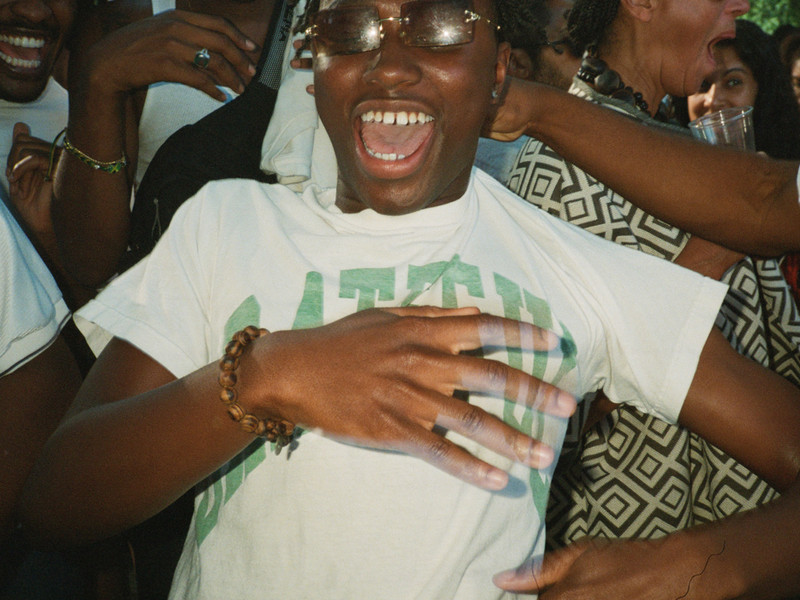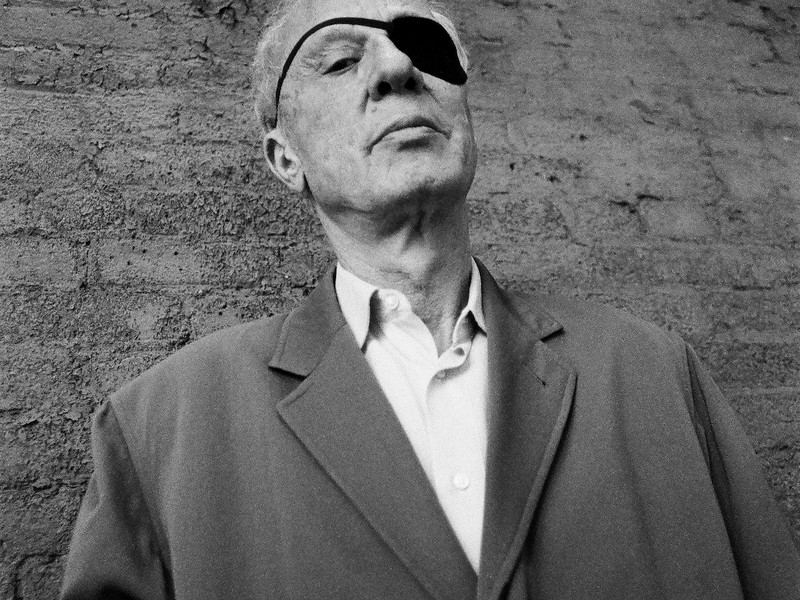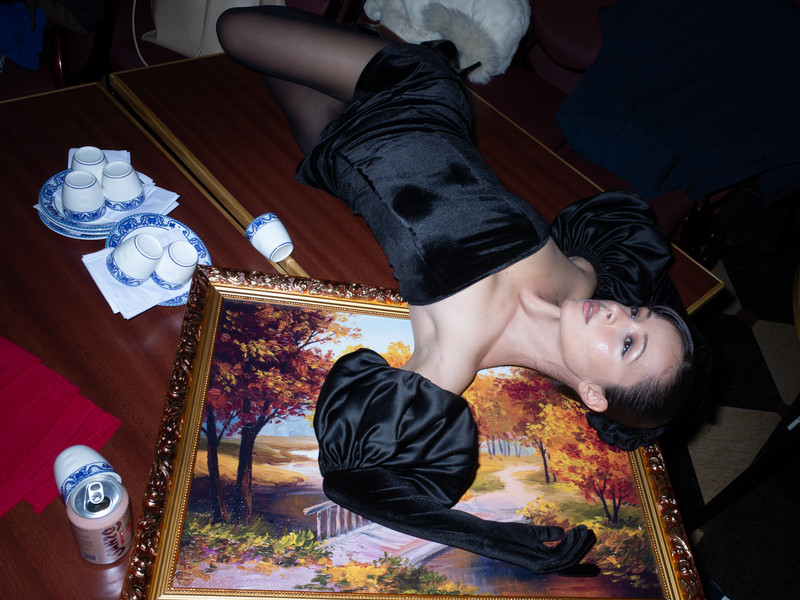User @gabriellenarcisse says, “I love being correct and I love spreading my personal gospel — and here I can do both without being burdened with the internet’s endless need for laborious 'discourse'... just an app for lovers of things!” @fernandez says "it’s like quora for hipsters and attracts chronically online and/or wannabe famous people in a format resembling old school blogs but really just looks like a cuter Lex and acts like a chat forum on reddit.” “Whatever it is I like that it’s meant to be for fostering a community.” @Jansport2009 is “having a ball.” @CW says PI.FYI is “like a warm hug… a fun little escape but not smoothing my brain… lotta earnestness, very little cringe.” For @jyssiquah, PI.FYI “feels like the original internet… like a habbo hotel chat room but more cool and much much less seedy.”
“A BEAUTIFUL REACTION TO ALGO DRIVEN DRIVEL” says user @maxandthebuckners. “It’s so perfect and brilliant because recommendations are the primary thing I want from the internet. Like i’m always googling for restaurant recs, or the best barefoot shoes or whatever, but have such a low level of trust in the results because of how gamified SEO is and all the sponcon and affiliate bullshit. In contrast, I have an extremly high level of trust in the user base on here intrinsically because I love PI and trust that other folks who follow already share a lot of my interests. I’m much more likely to try something I see on here even if it’s outside of my normal taste.”
“PIFYI TIL I DIE” says @Mitchmarsico. “this is the best site/app foreal!!”... everybody’s pals and i love checking out all the recs. i was never allowed to have a myspace as a kid so i guess this is healing my inner child or something :0”
“BIG FAN” says @Spike. “I like that it’s social media, but it’s rooted in positivity. The entire format is recommending things you like to other people, which encourages everything to be complimentary and supportive. Negativity and hate would stick out like a sore thumb here and it definitely wouldn’t be celebrated like on other platforms."
“REIGNITING MY ETERNAL LOVE FOR ‘THE POST’” says @fiii. “The Post™️ is an ever-shifting medium and right now, right here, is where The Post™️ hits the hardest… I was born to Post and will die by The Post™️”
“IM NOT SCHIZOPHRENIC, IM MODERN,” says @chriisdie. “Conceptually, im not entirely sure whats going on. BUT this is a beautiful gorgeous place for me to talk to a bunch of other people and tell them why my ideas are the most beautiful gorgeous out of all of them. So thank you, from the bottom of my heart, as a fan.”

